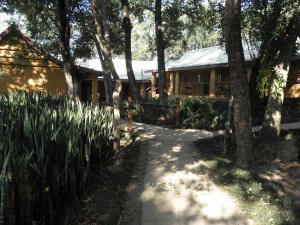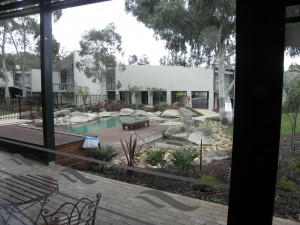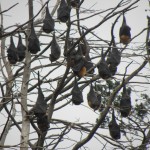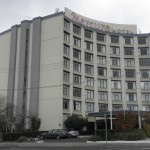(NOTE: this is not one of our own tours: I’m exploring Kruger NP before attending two conferences in South Africa)
Diary continued…
I’m really going to miss Kruger! I could easily spend a couple of months here. Or more.
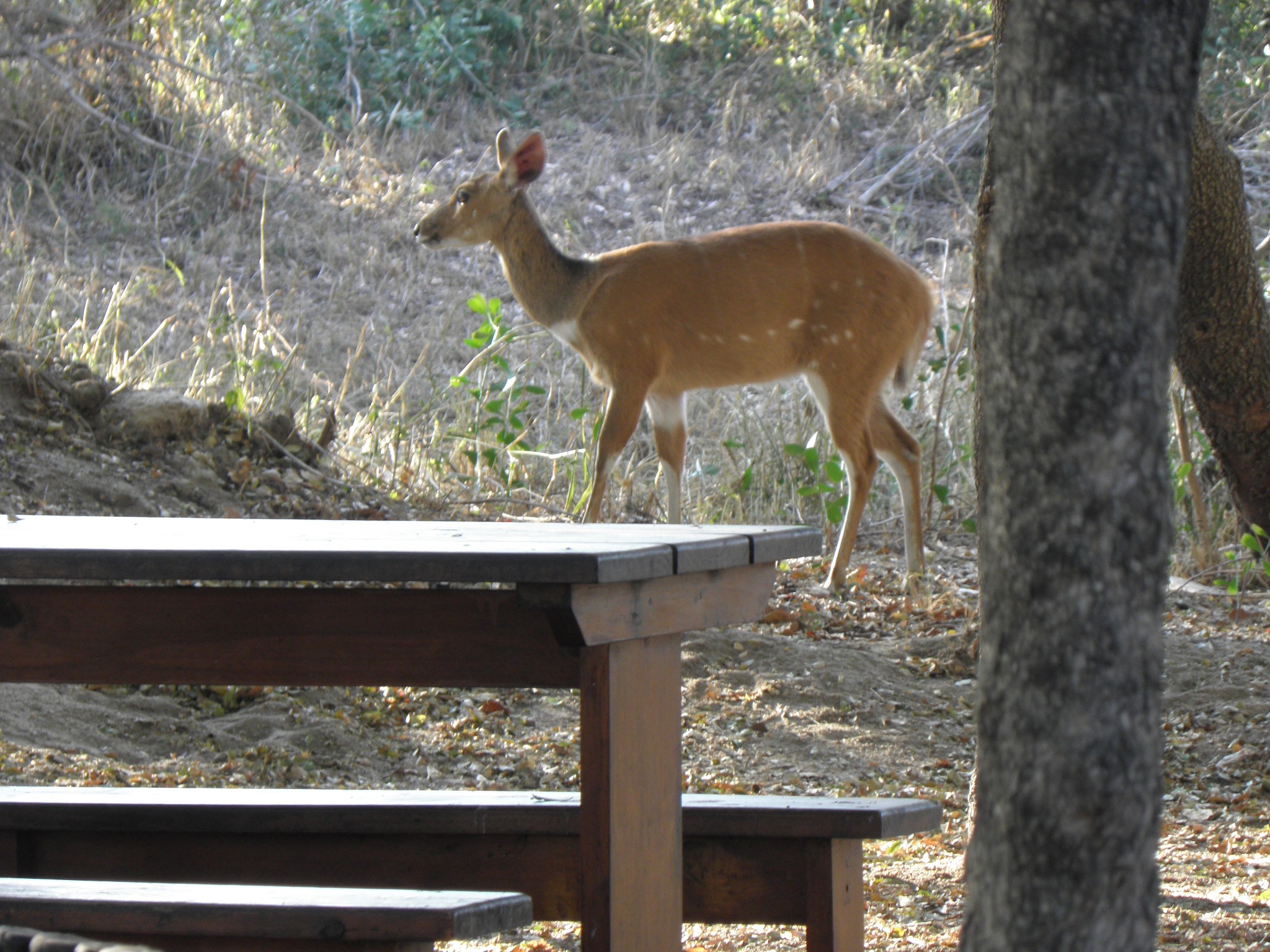
A bushbuck was wandering around the picnic area at Asfaal. I was told an elephant wandered in one day!
Visitors to my on table (and no, they didn’t get a feed) included glossy starling, yellow-billed hornbill (known locally as the ‘flying banana’) and female and male red-winged starlings
I made a sound while drinking my sparking marula juice which seemed to arouse this giraffe’s curiosity 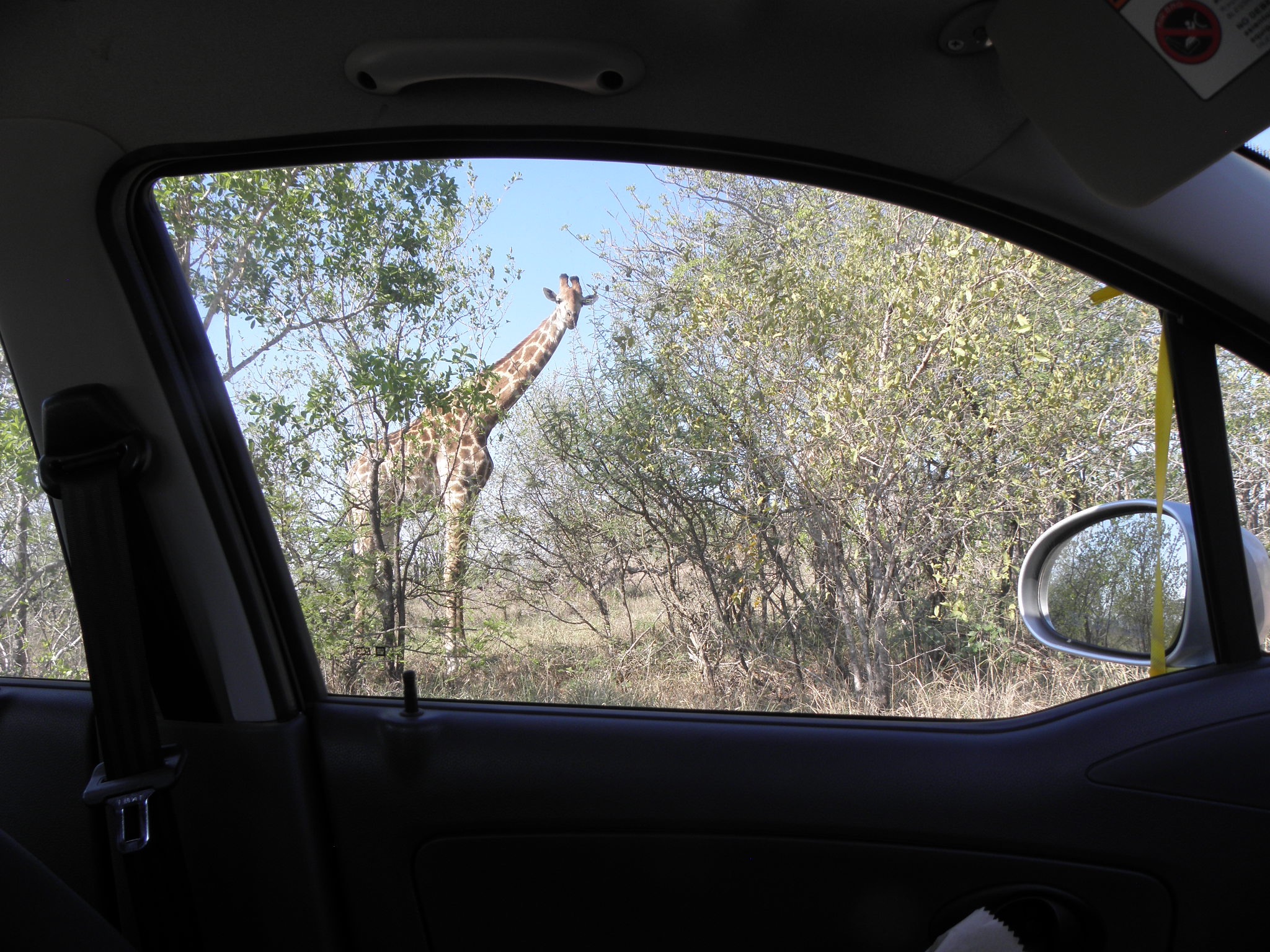
As I said, all animals have right-of-way here, and with some you don’t get much choice anyway!

This elephant was n a really bad mood. Ear-flapping is a warning, but ears flattened against the head and the trunk curled up could mean a serious attack is imminent. I decided to go back the other way, and warned other motorists heading in that direction
My ‘home’ for my last two nights: a cabin at Skukuza, with its own fridge and shower/toilet (my hut at Pretoriaskop didn’t have these, but its communal ablution block had a bath tub with plenty of hot water: great for relaxing before bed)
You don’t have to be in one of those very expensive luxury safari lodges to enjoy a hearty, leisurely breakfast while watching hippos, elephants and a variety of birds from your dining table
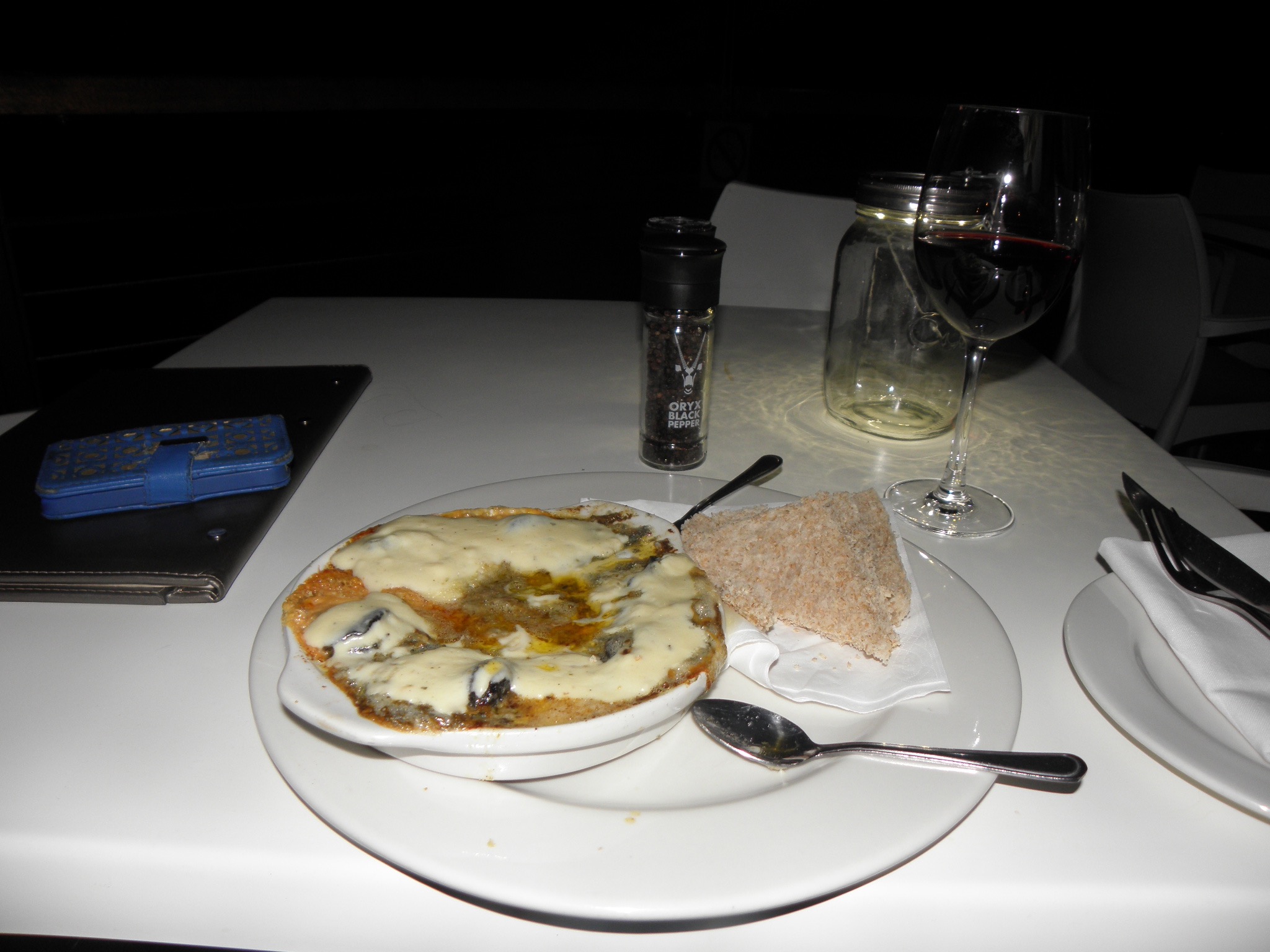
Definitely the most delicious snails I’ve ever had. Succulent and flavoursome themselves, and, with garlic butter and melted be cheese
Quite an eventful morning (16th June)
First there was a small pack of wild dogs on the road towards Lower Sabie. One somehow became separated from the others, stood near my car, occasionally whimpering like a domestic dog, looking for his fellows and finally took off back into the bush
Soon after, I heard impalas making a fuss about something, so drove down a gravel road in their direction. There I watched two lionesses stalking a giraffe. The giraffe was understandably looking very nervous, and part of me wanted to reassure him that everything’s okay, he’s not about to be killed. On the other hand, those lionesses probably have cubs to feed, and it would take a lot of impala to equal the food supply in one giraffe. I had no desire to see something killed, but I was rather fascinated as to what they intended to actually do. The giraffe’s legs are so long, they could easily walk under its belly even if one was riding on the back of the other. A kick from a giraffe can kill a human, so it can probably do a bit of damage to a lion. How do you tackle something that big?
They finally seemed to decide it was too difficult after all.
Further along the road there was a traffic jam. The cause was a big male lion and two lionesses relaxing by the roadside, creating great excitement amongst visitors.
By now I was feeling a little peckish, and called in at the same picnic stop that had trouble with baboons a few days ago. I bought a cup of tea and a bag of chips, and the lady had to let me out the other (till now locked) door, as there was a large baboon waiting outside the door I’d come through, ready to leap at my chip bag.

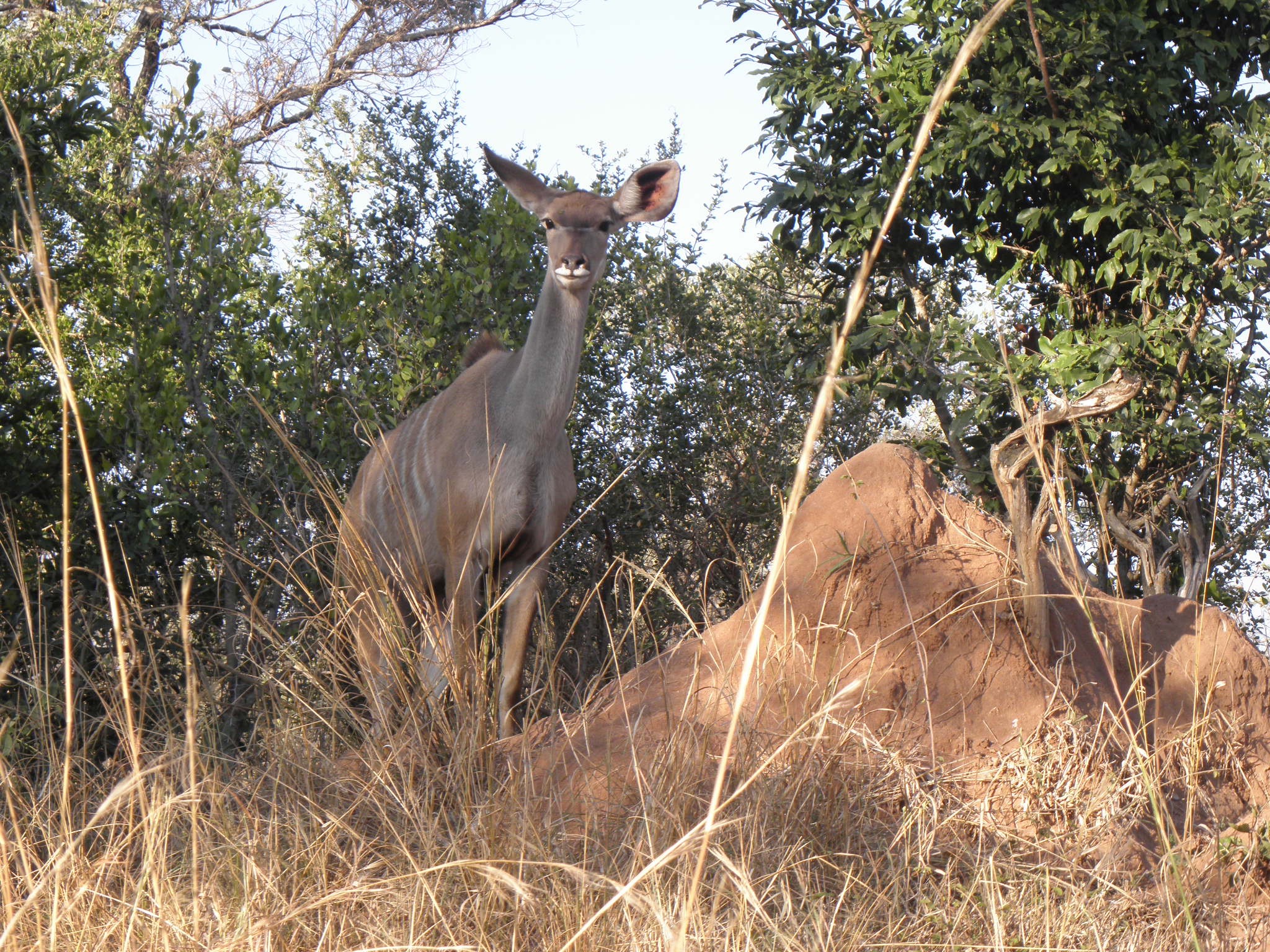
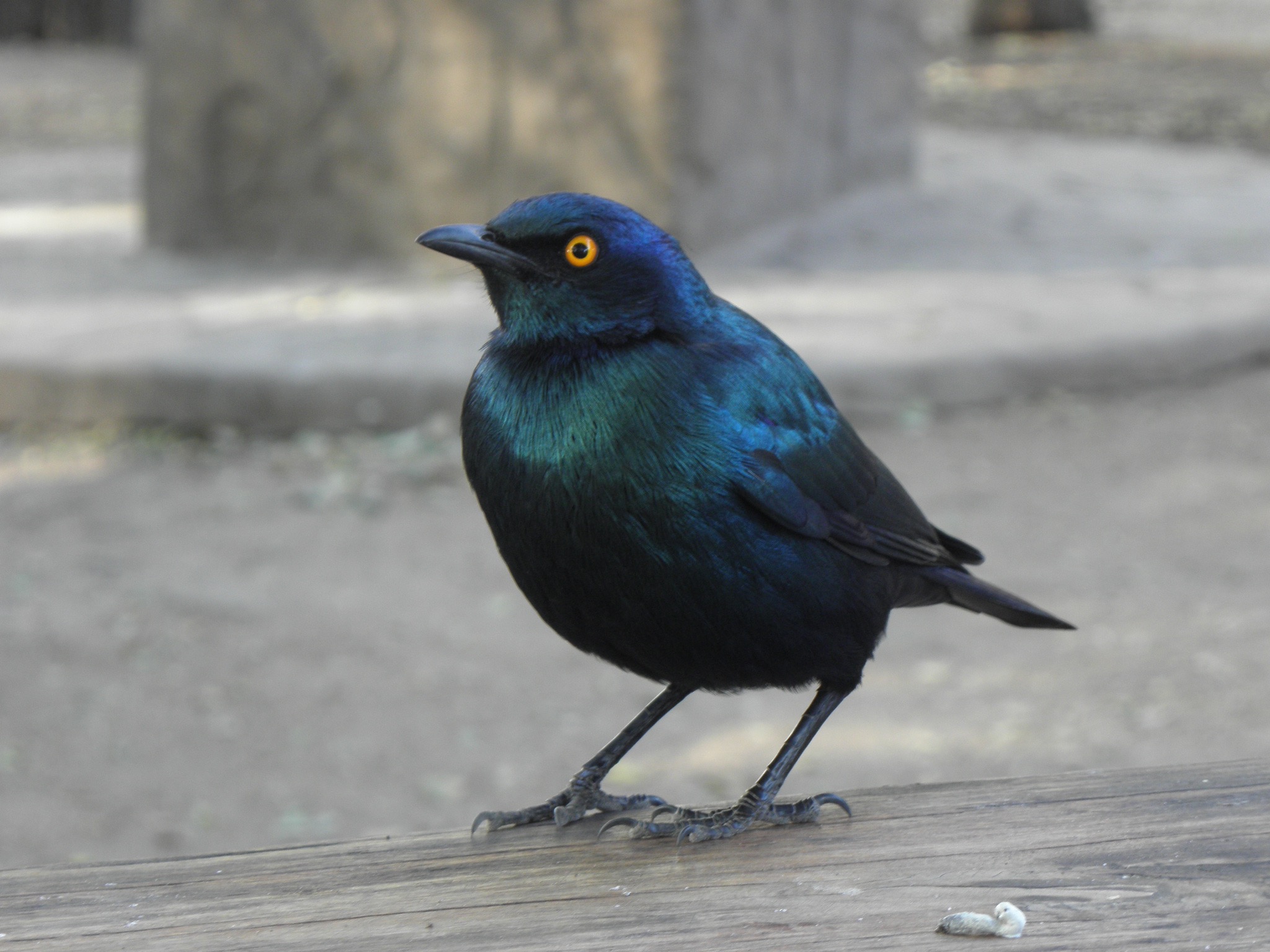

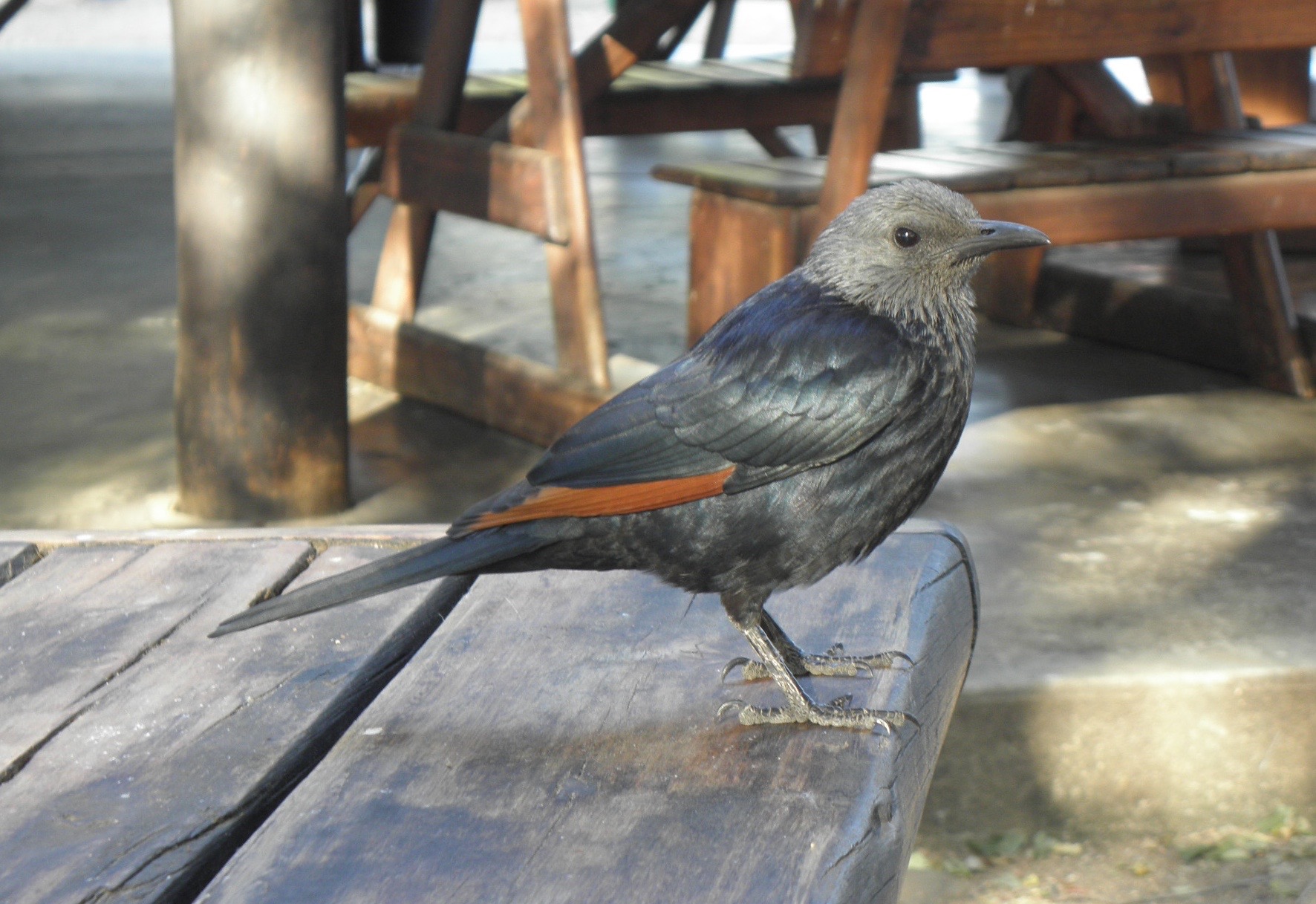
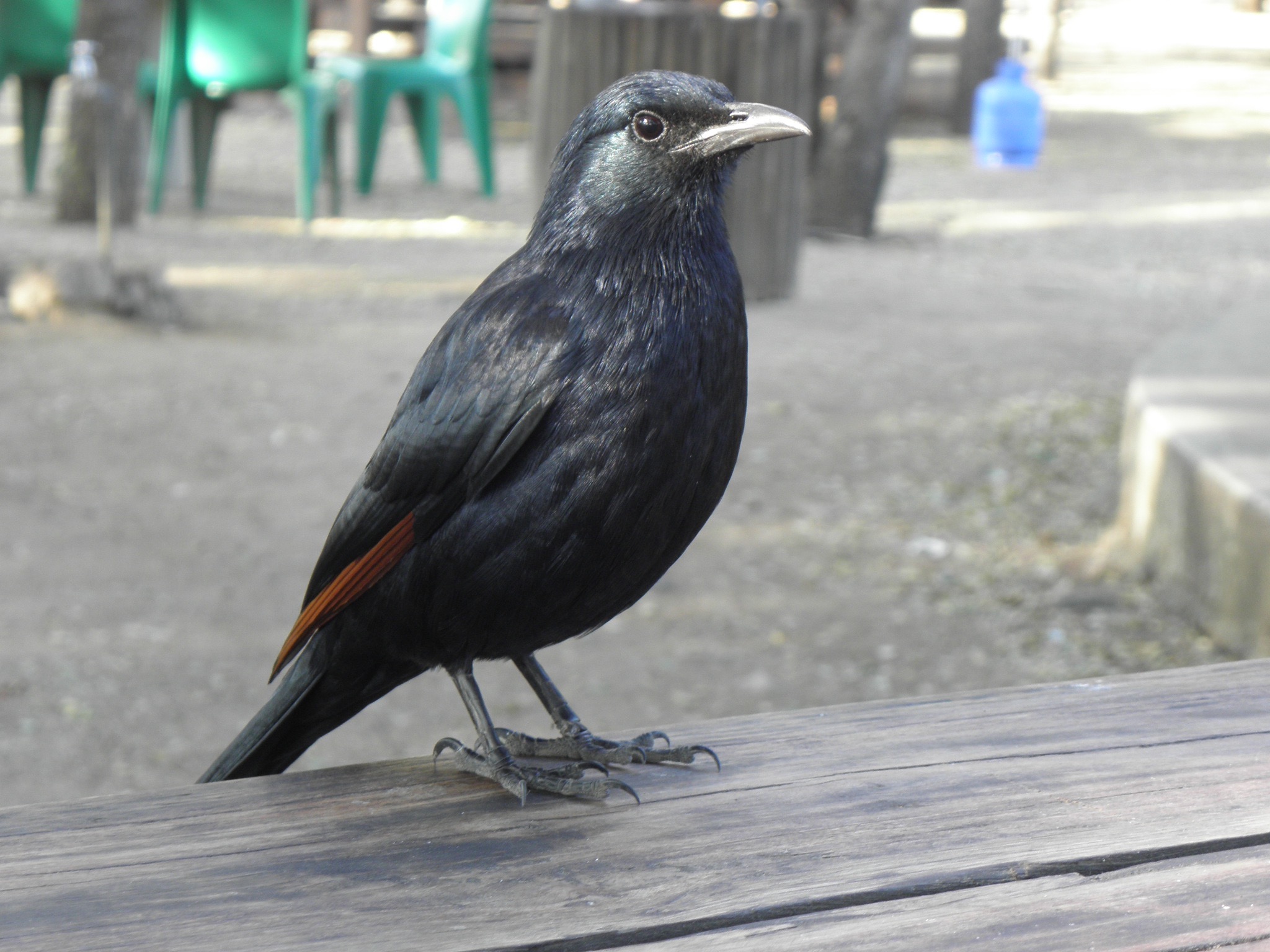
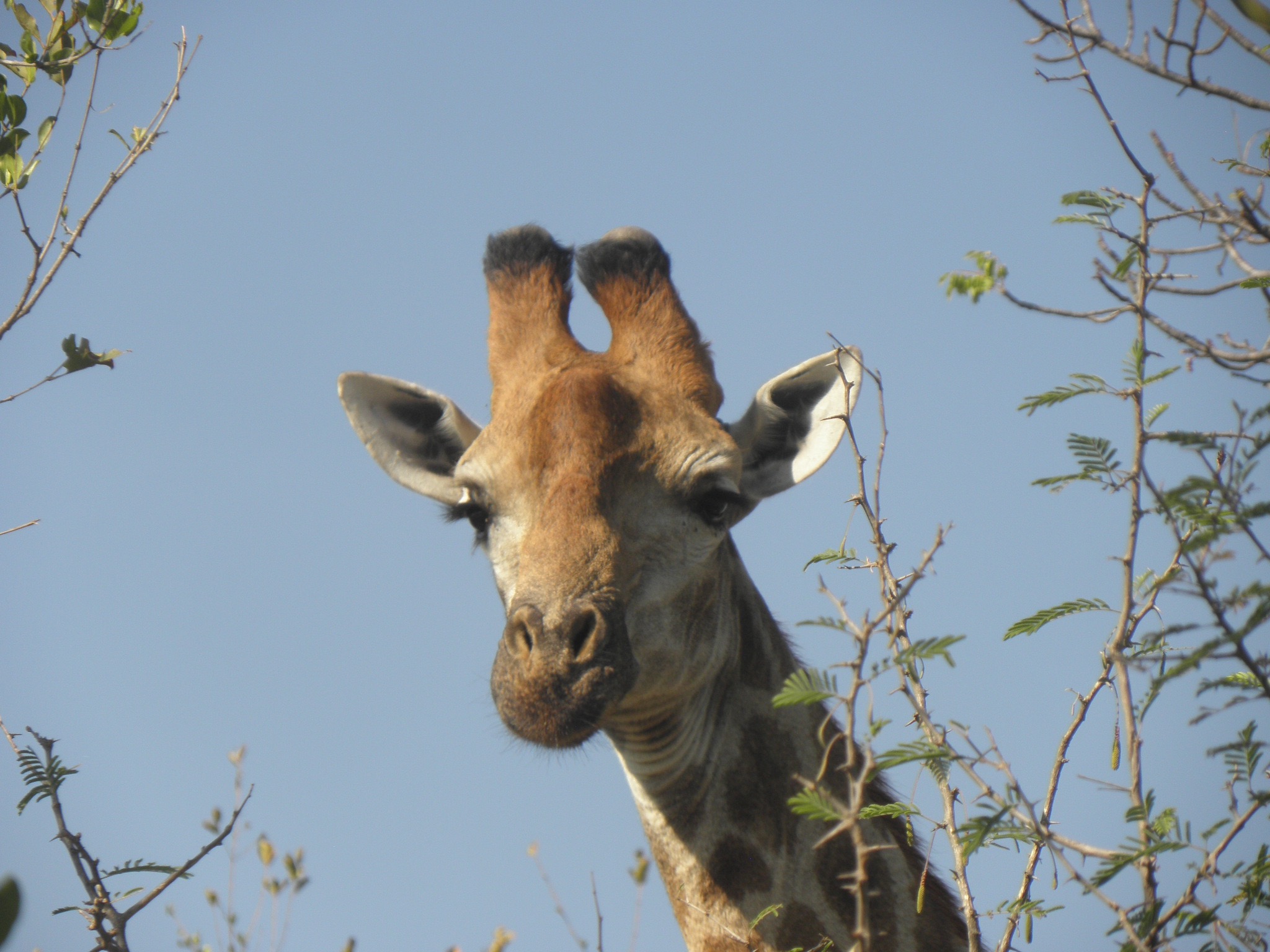
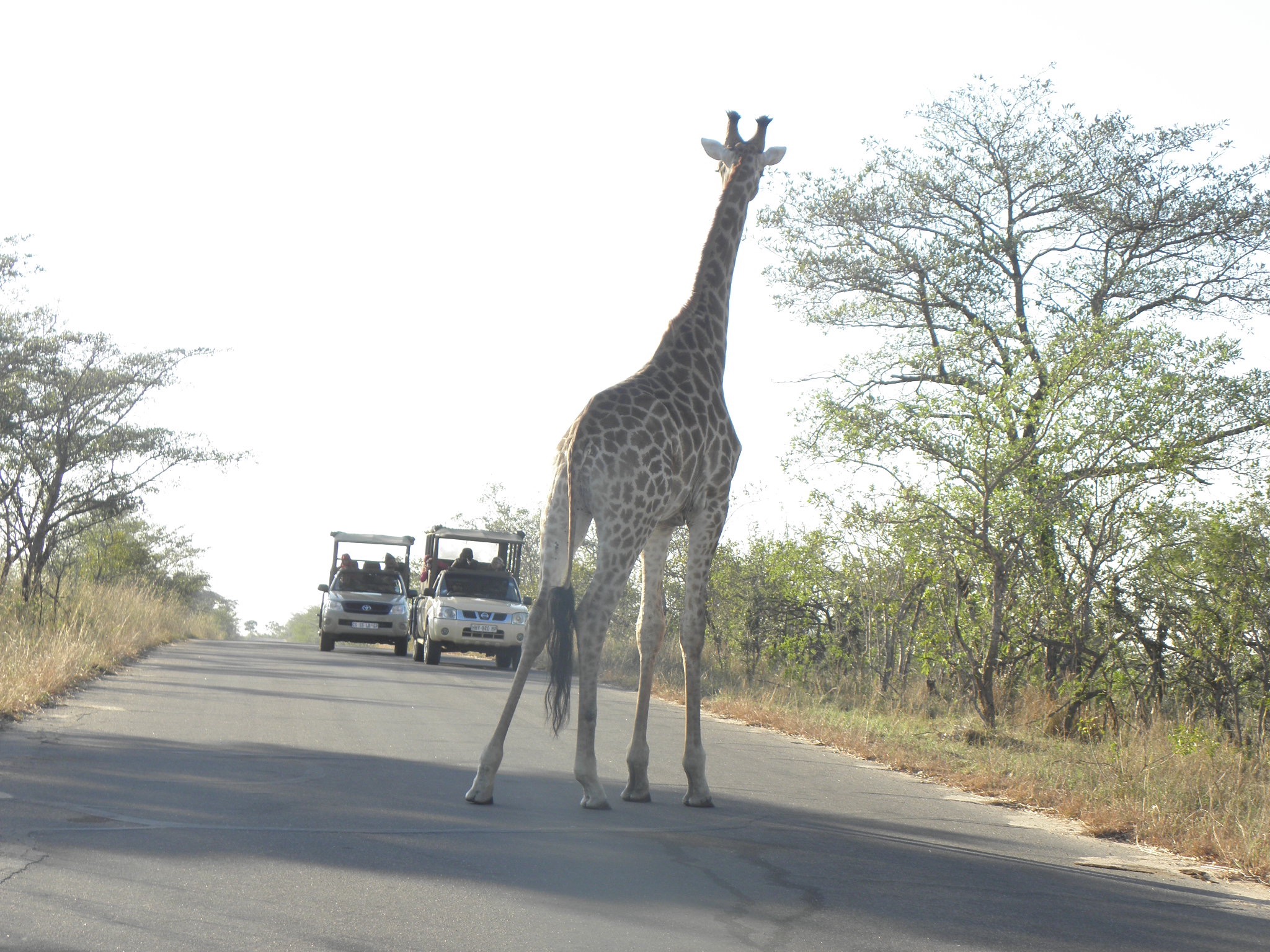


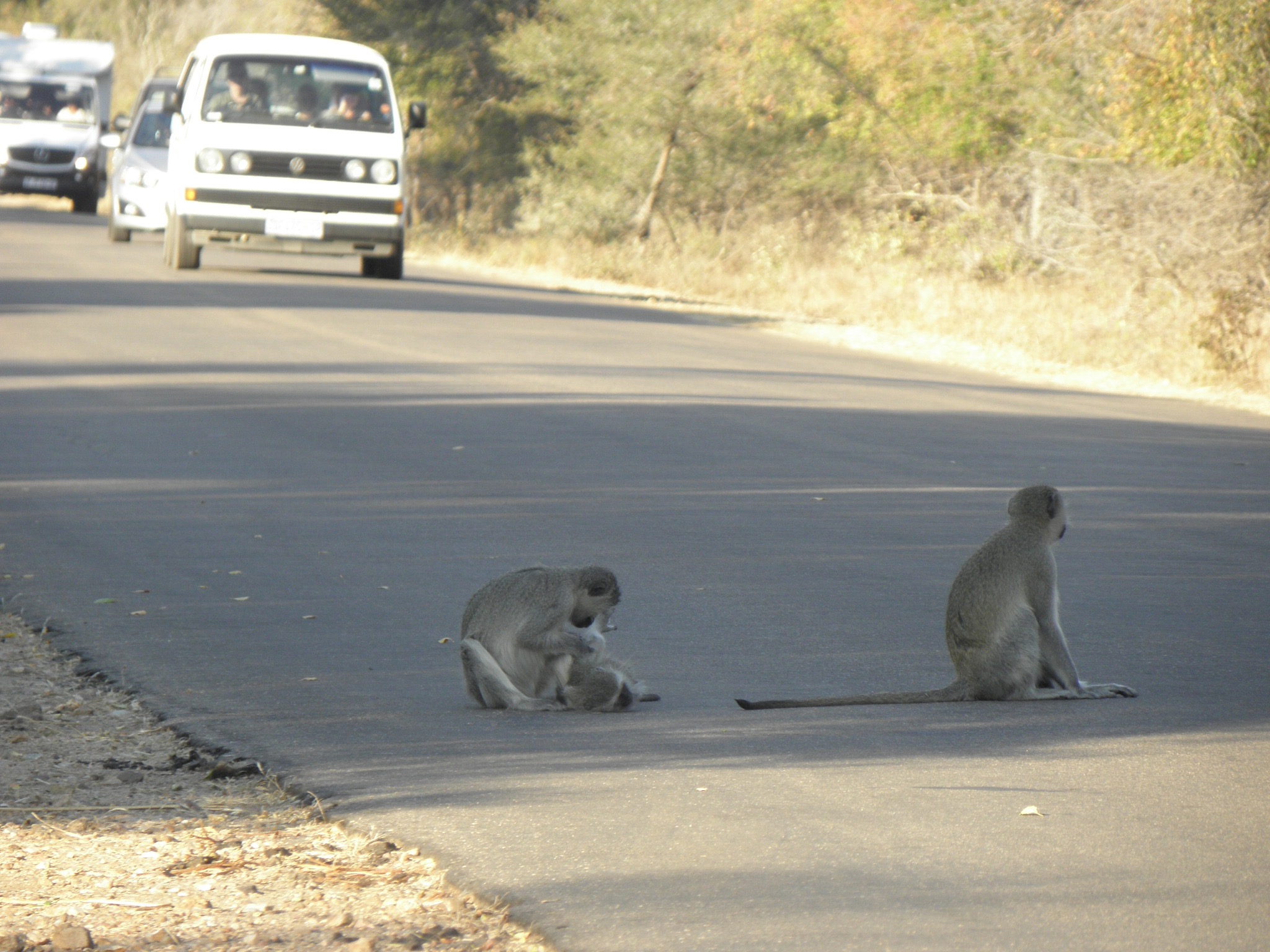



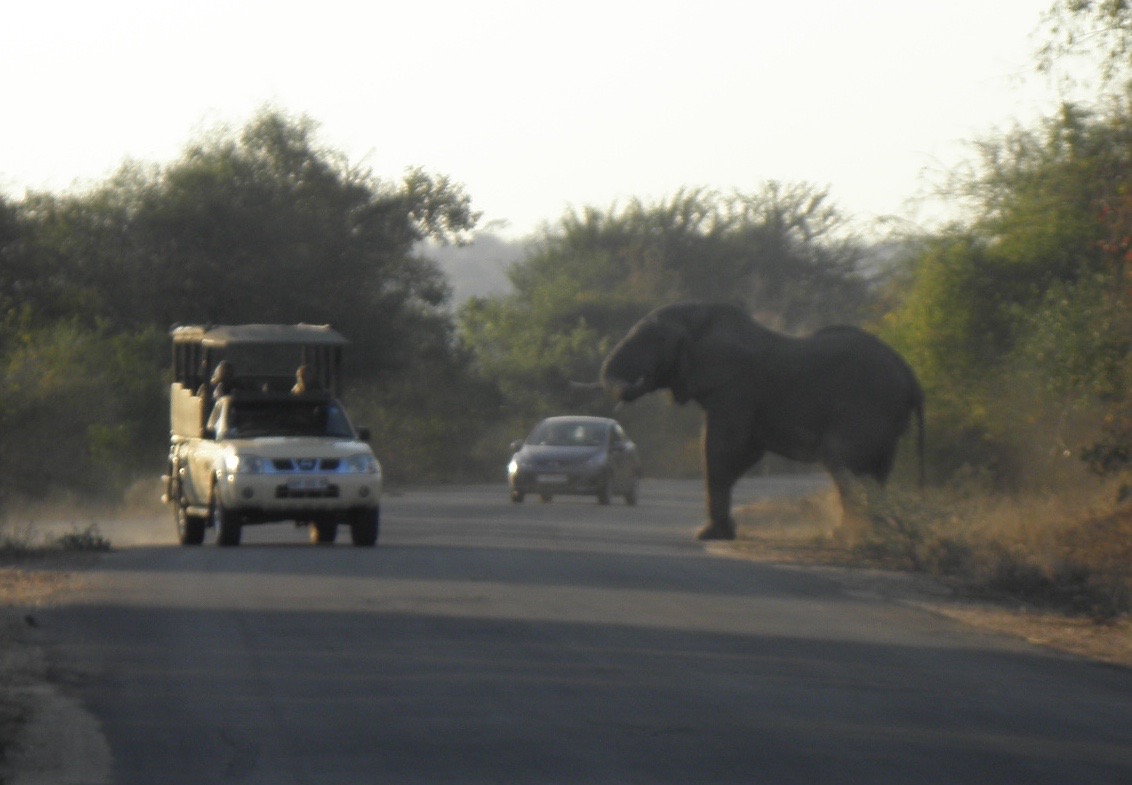

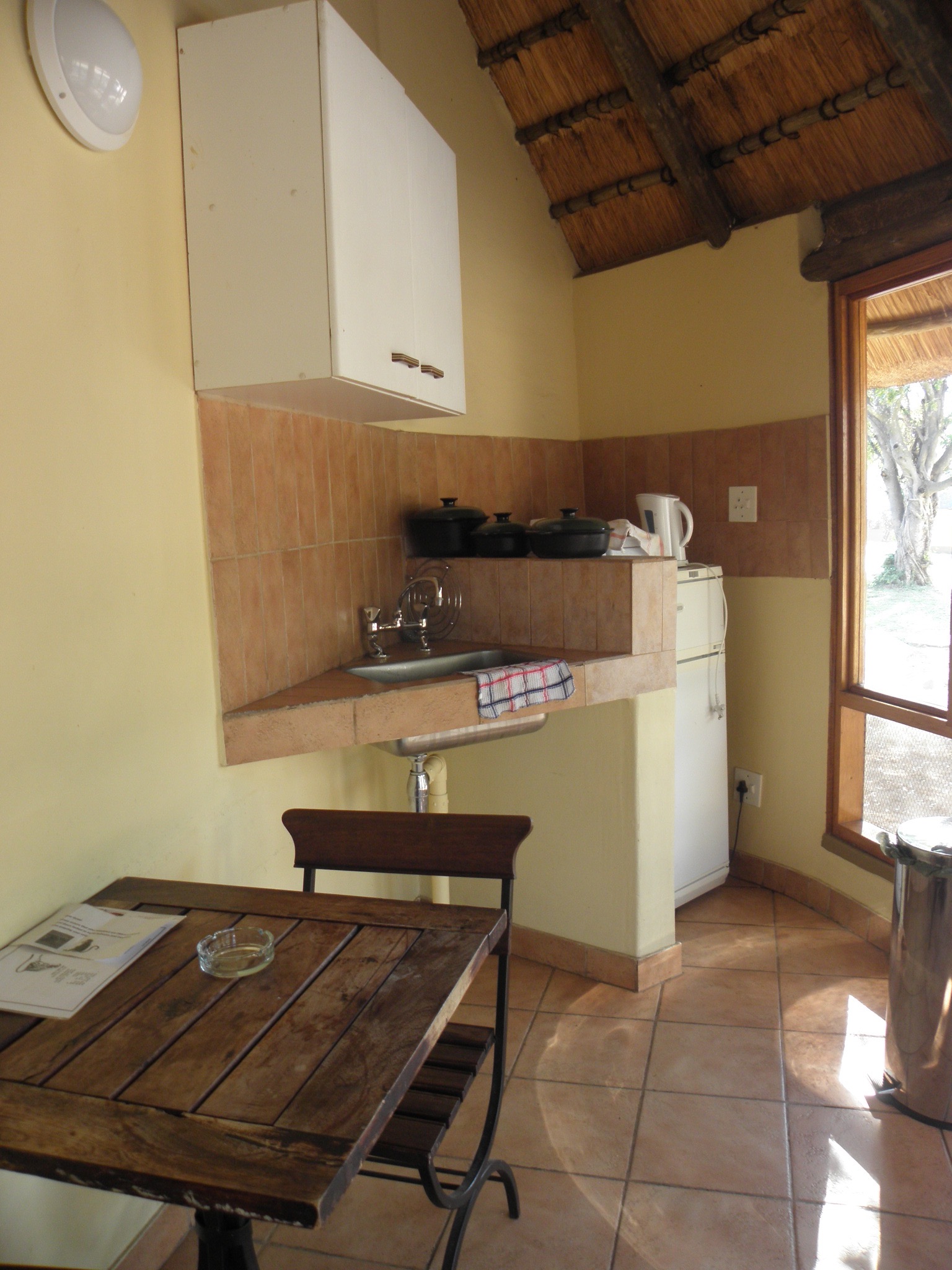


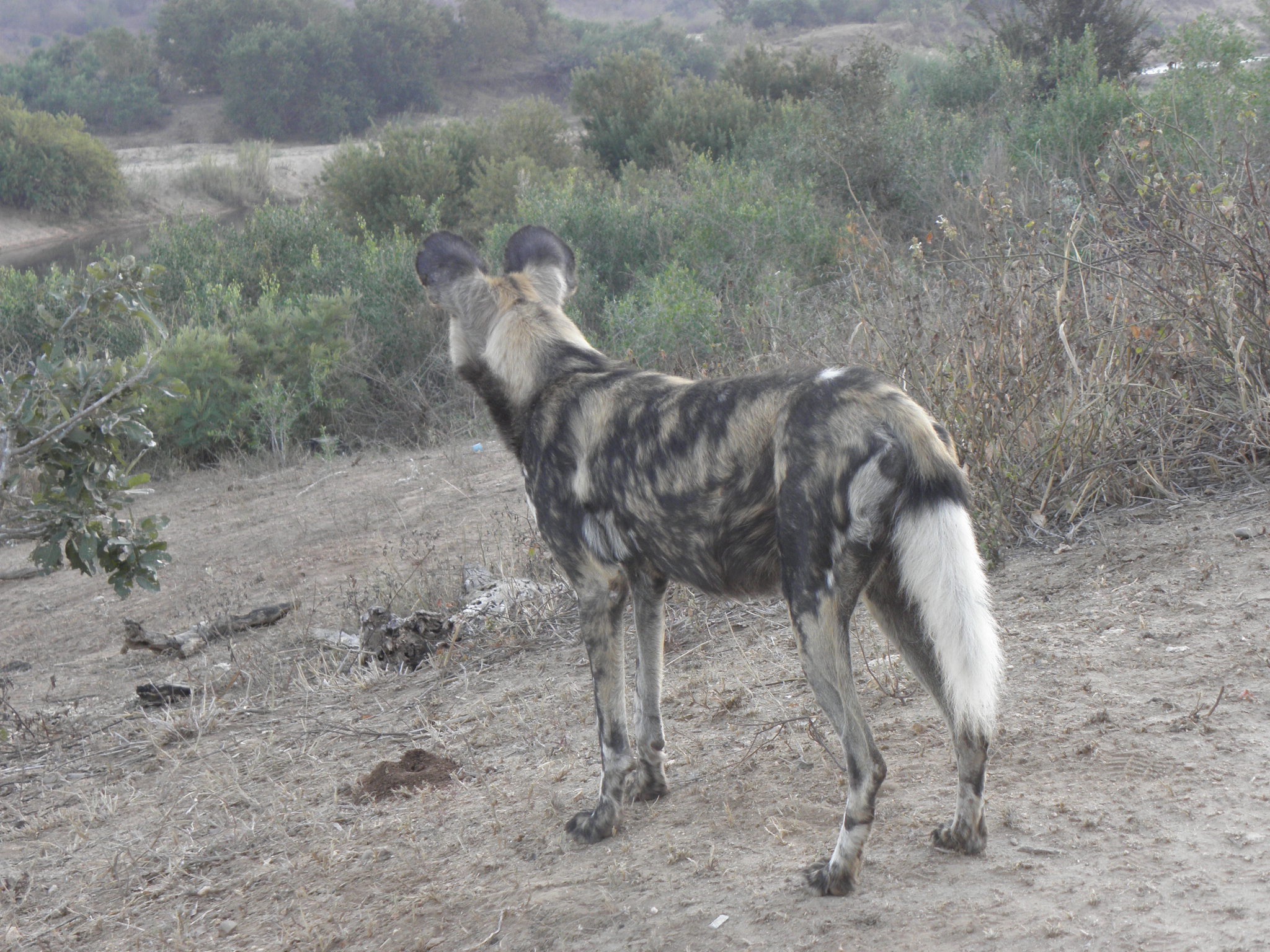
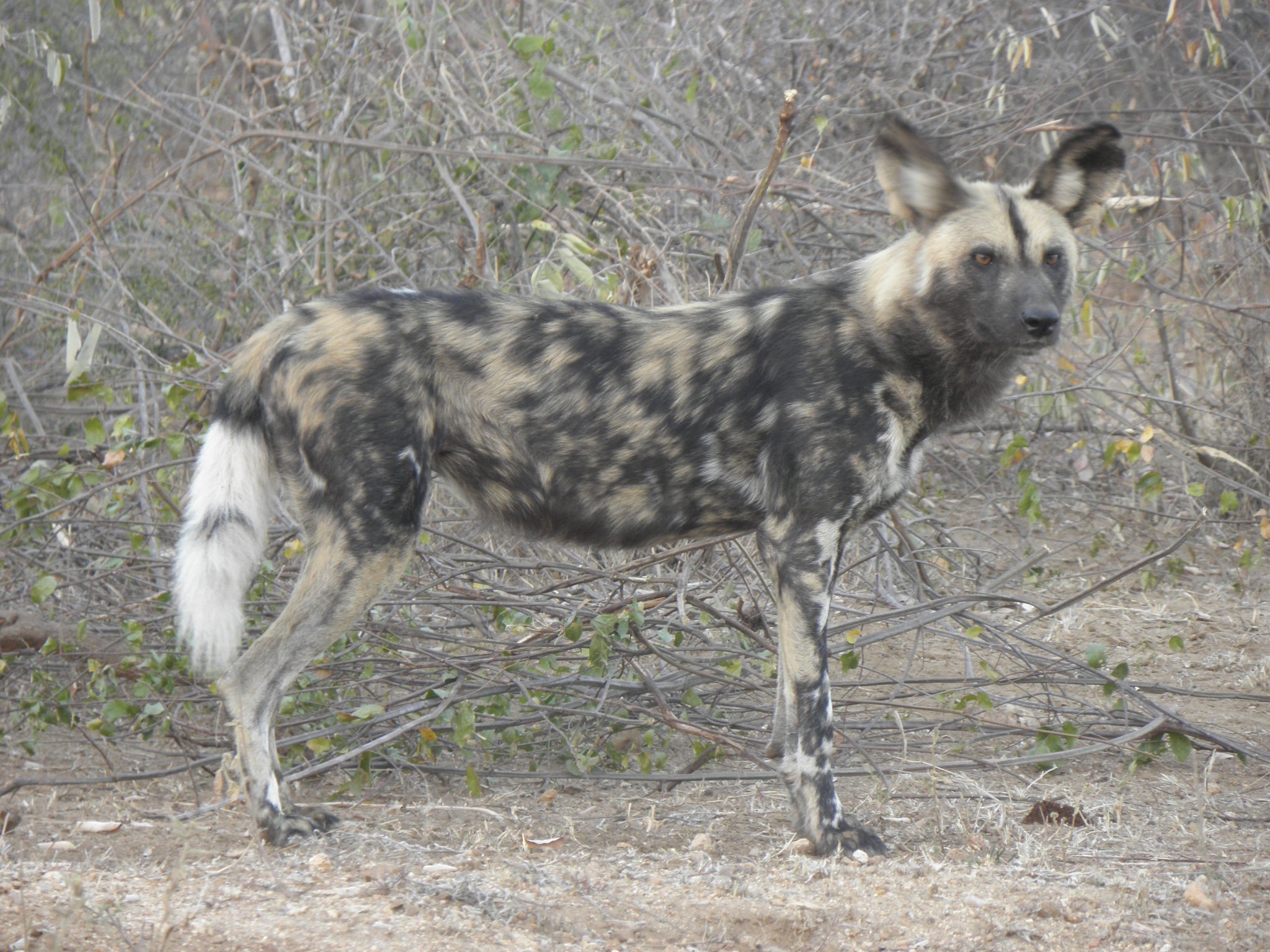

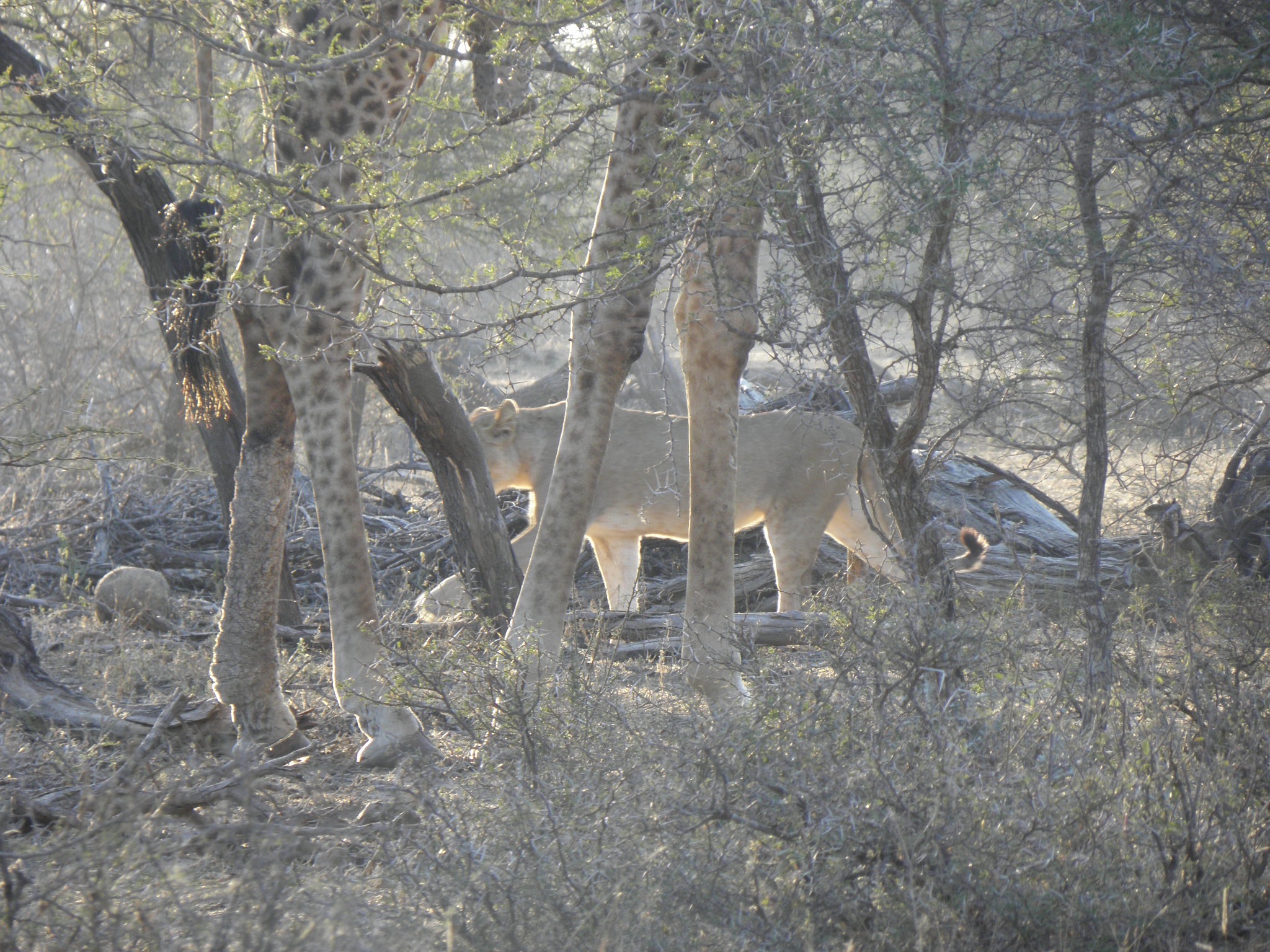


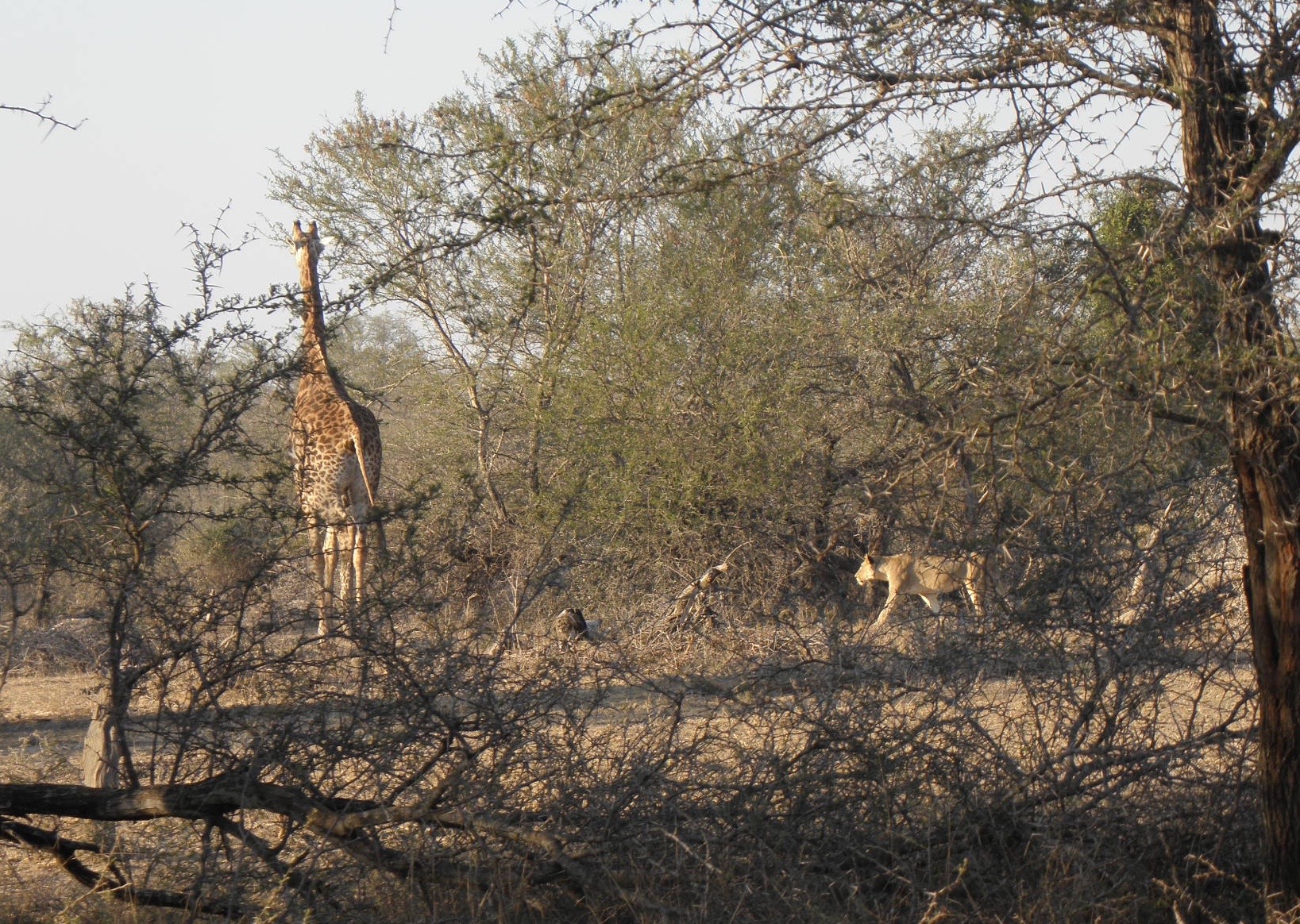

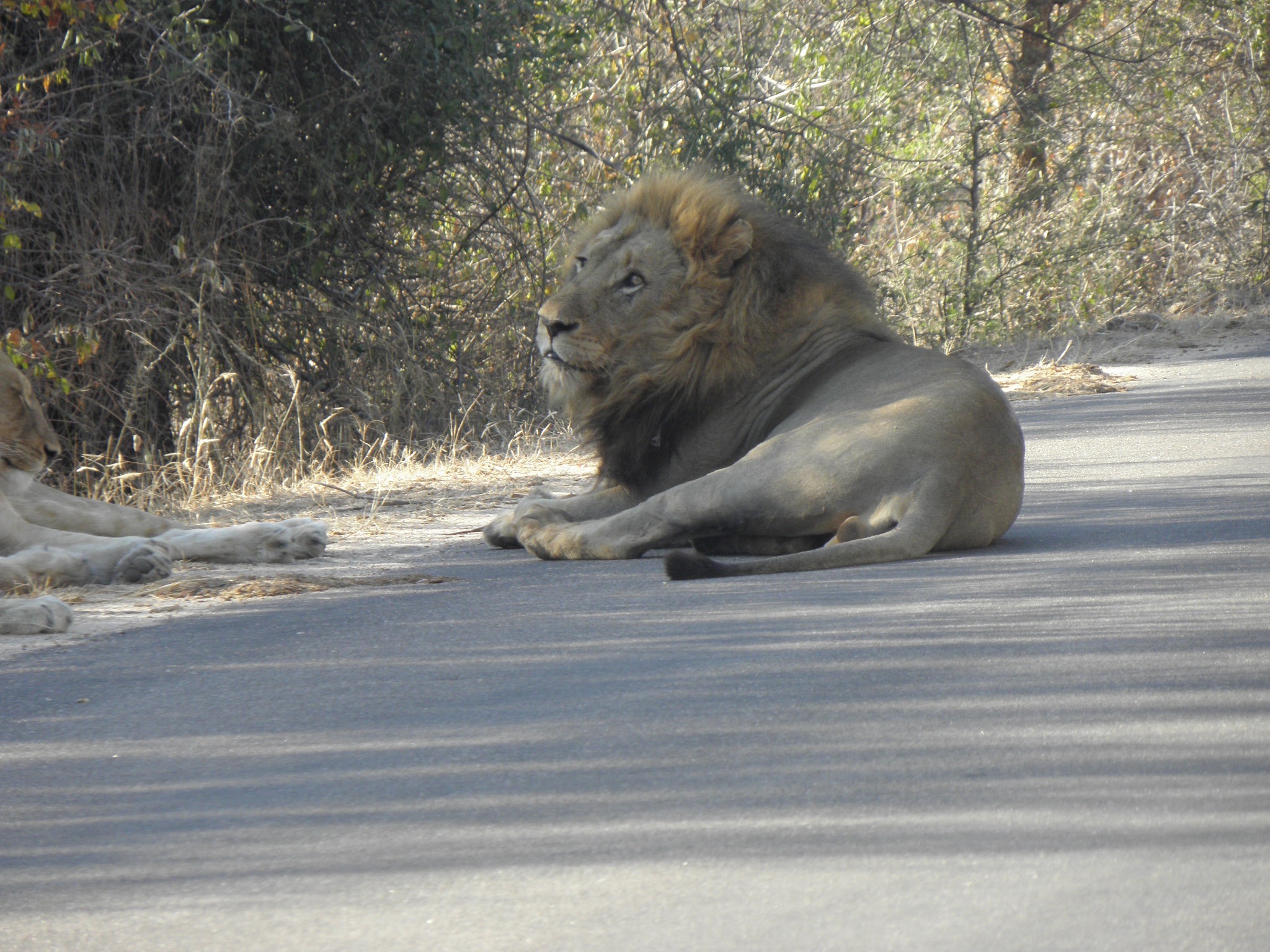


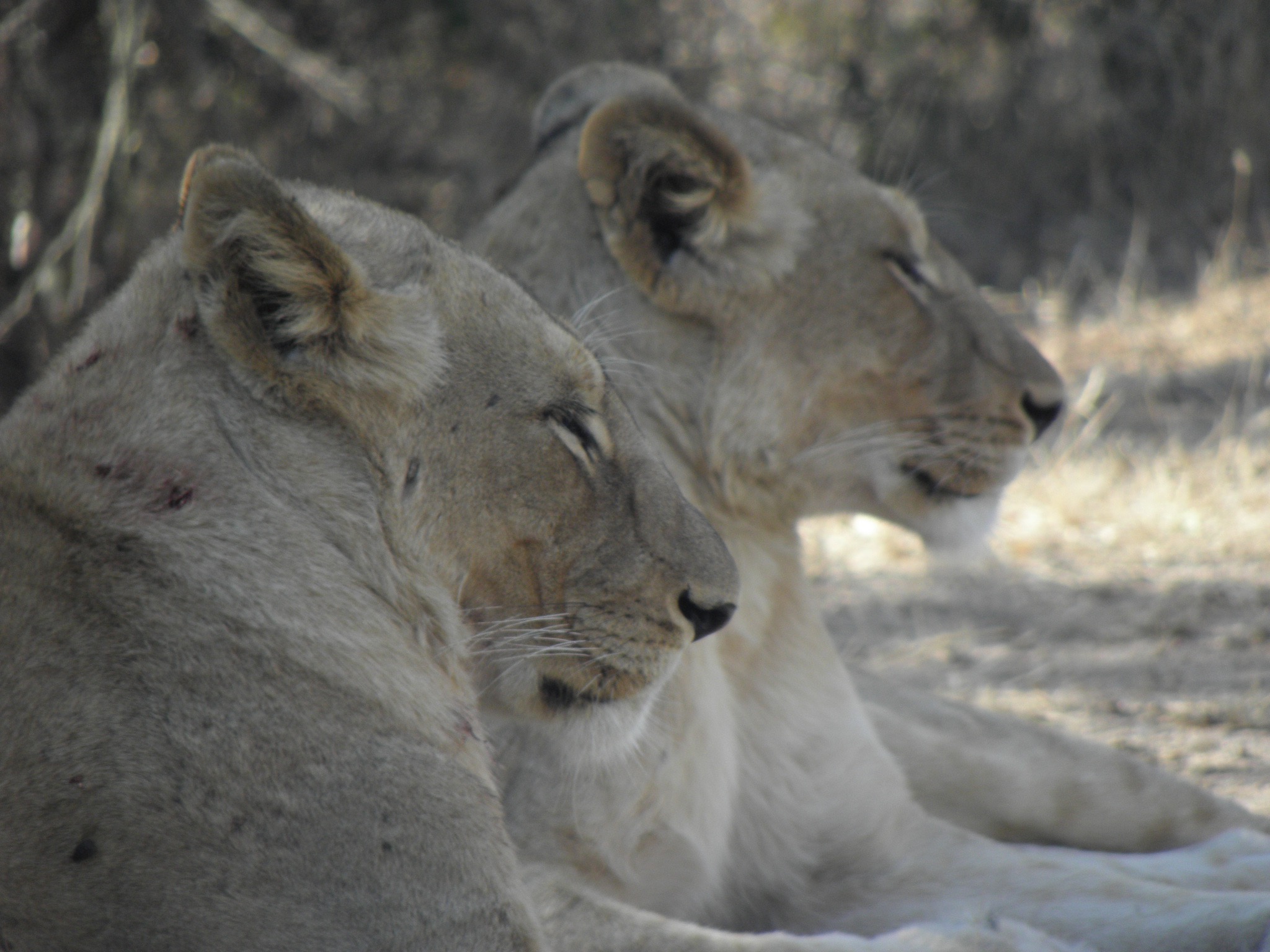


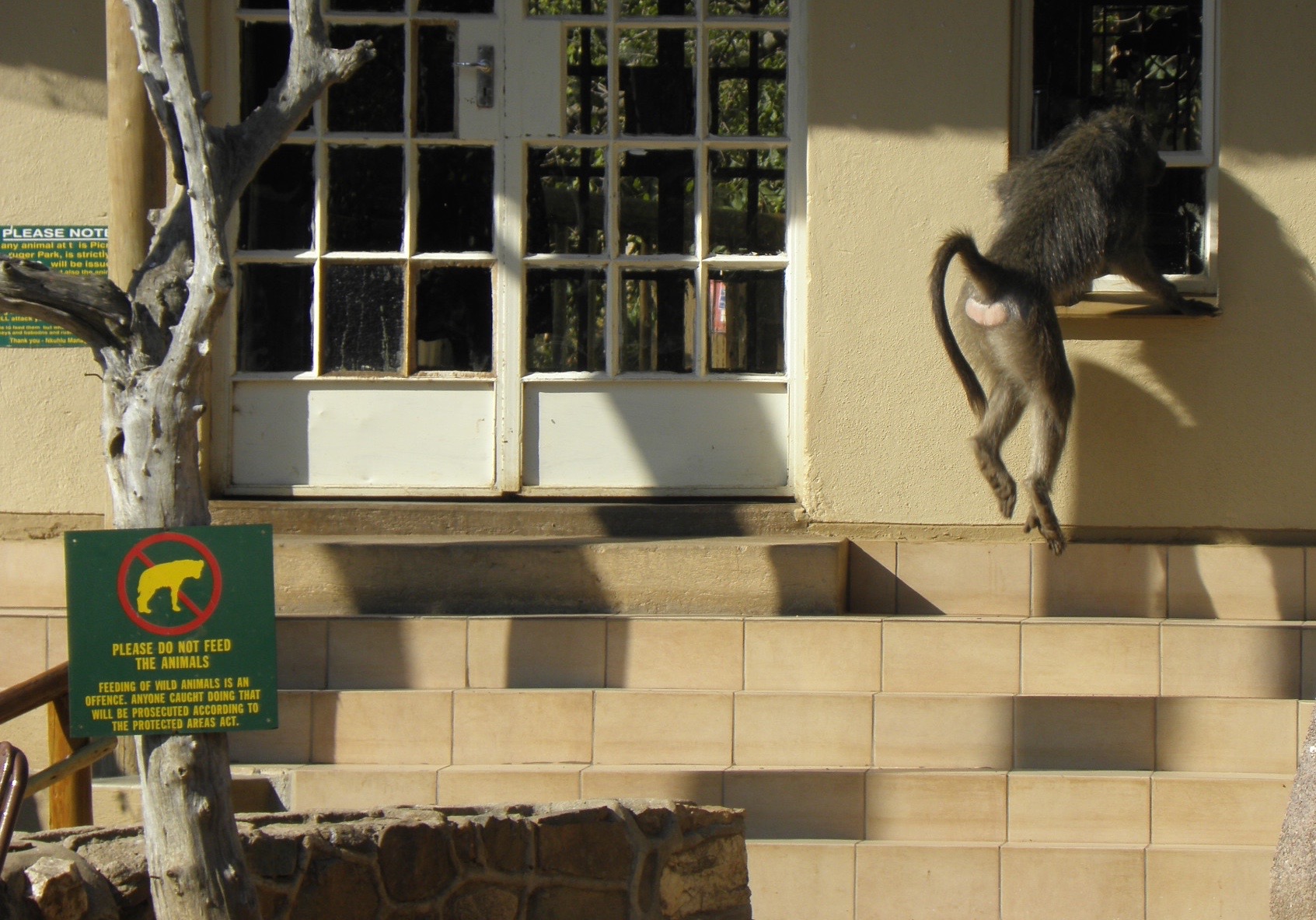
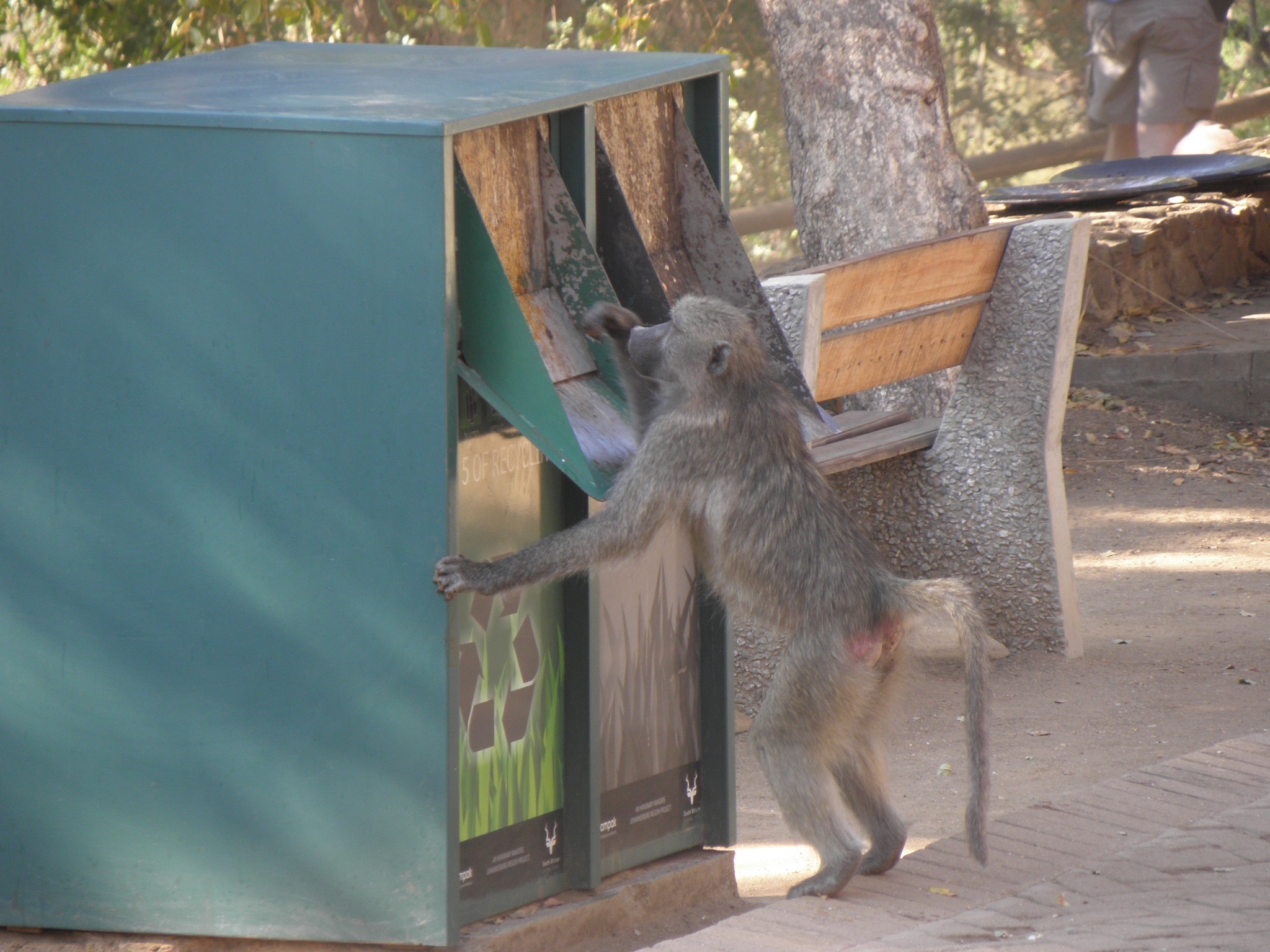
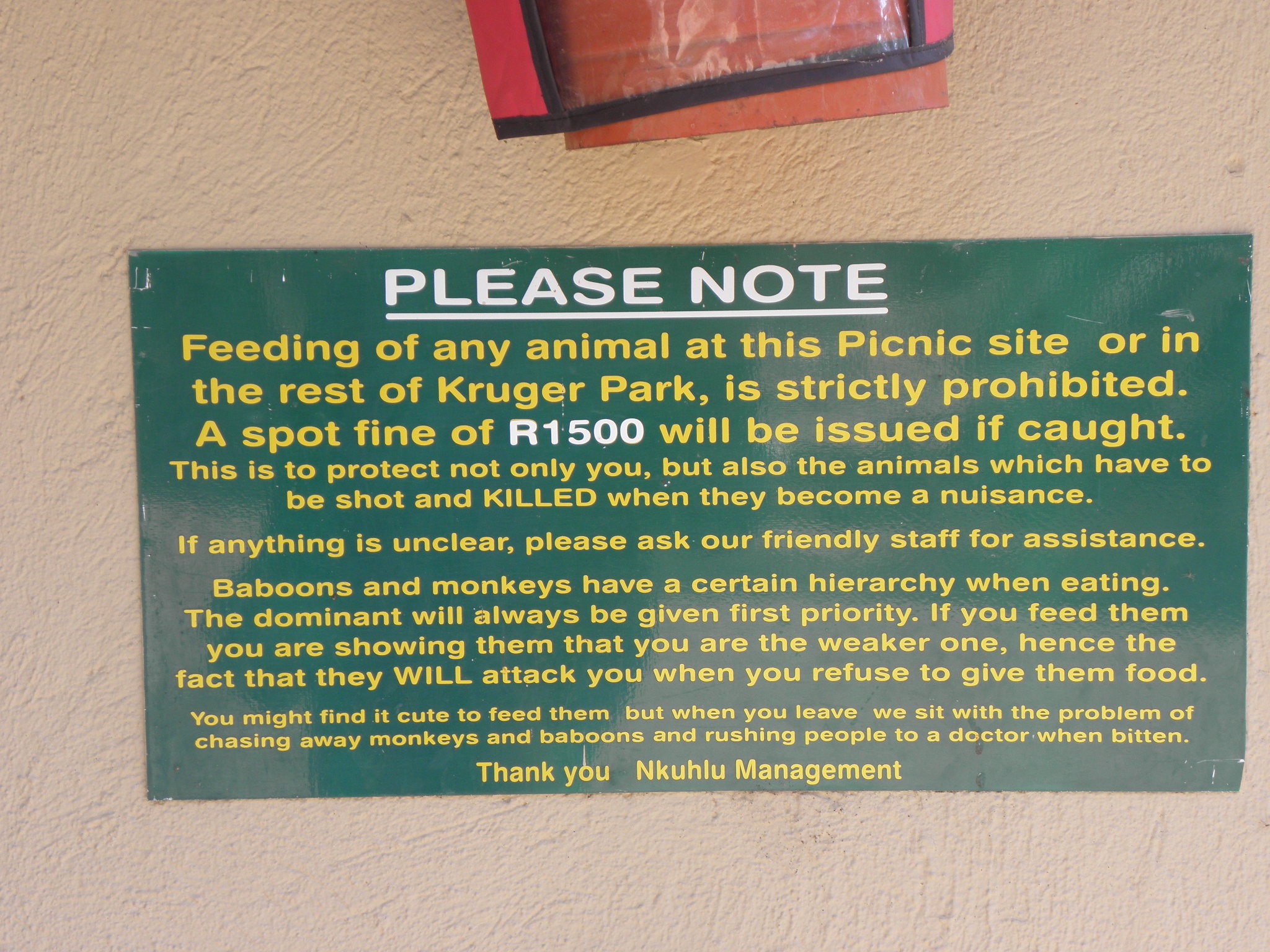
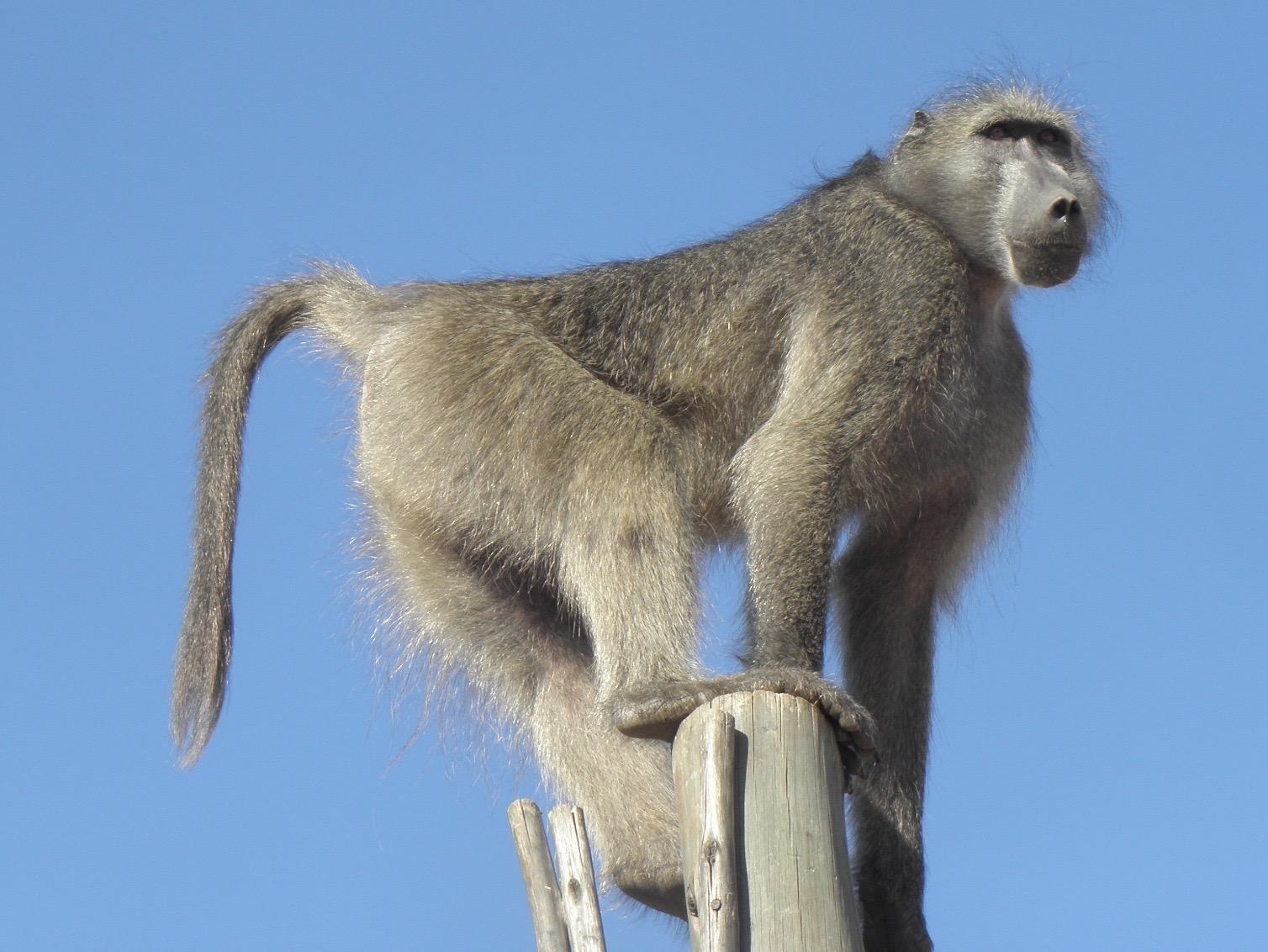

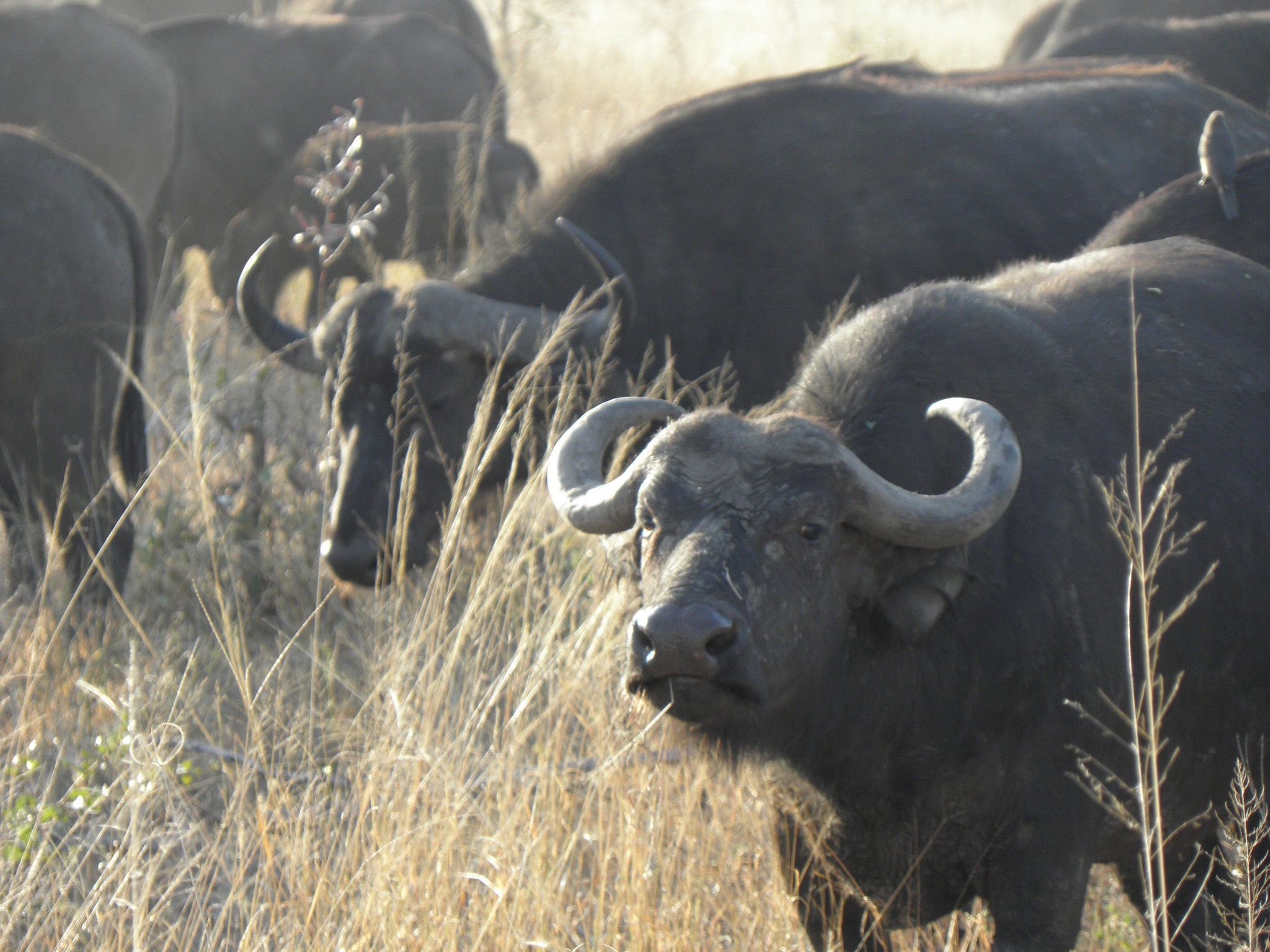

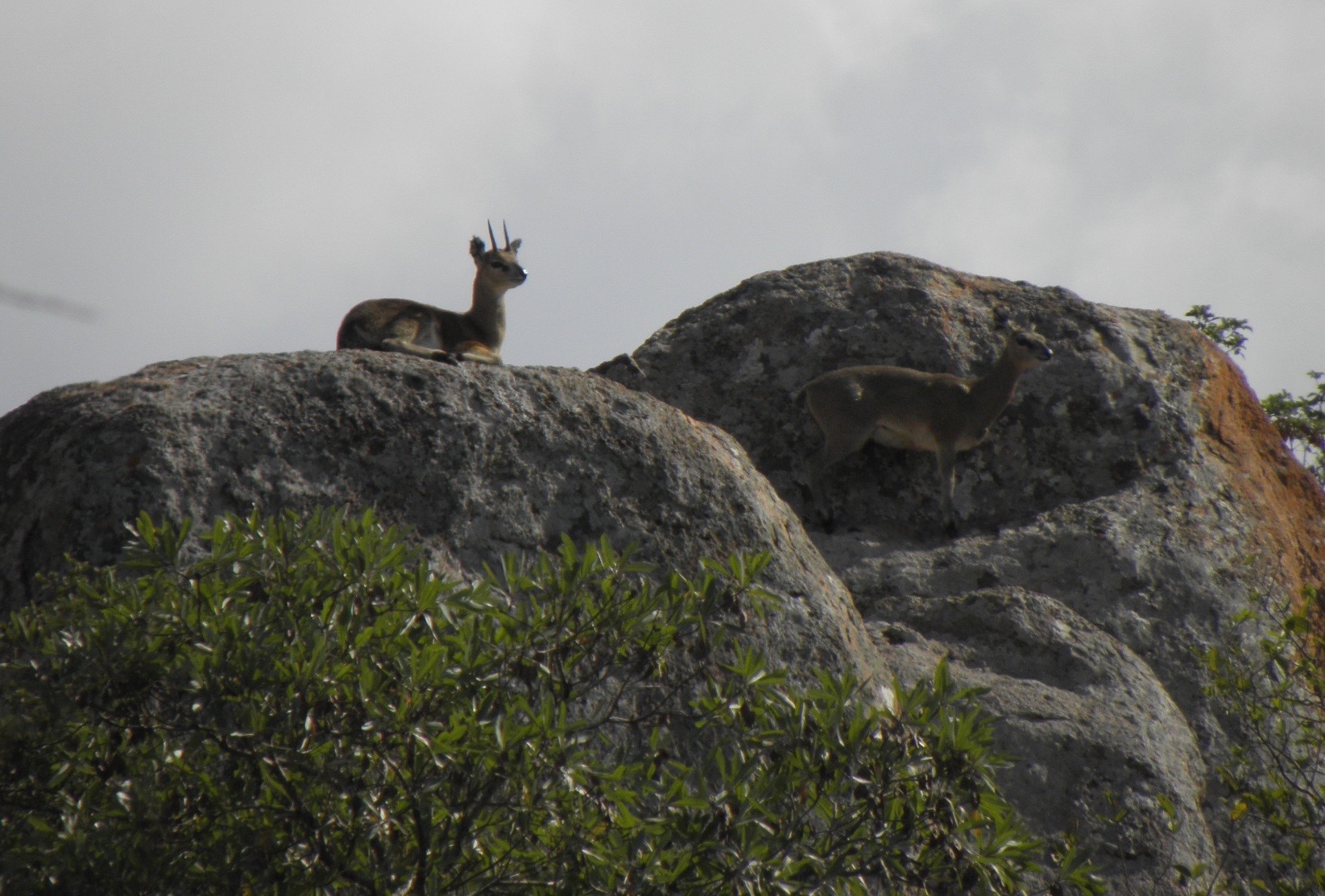


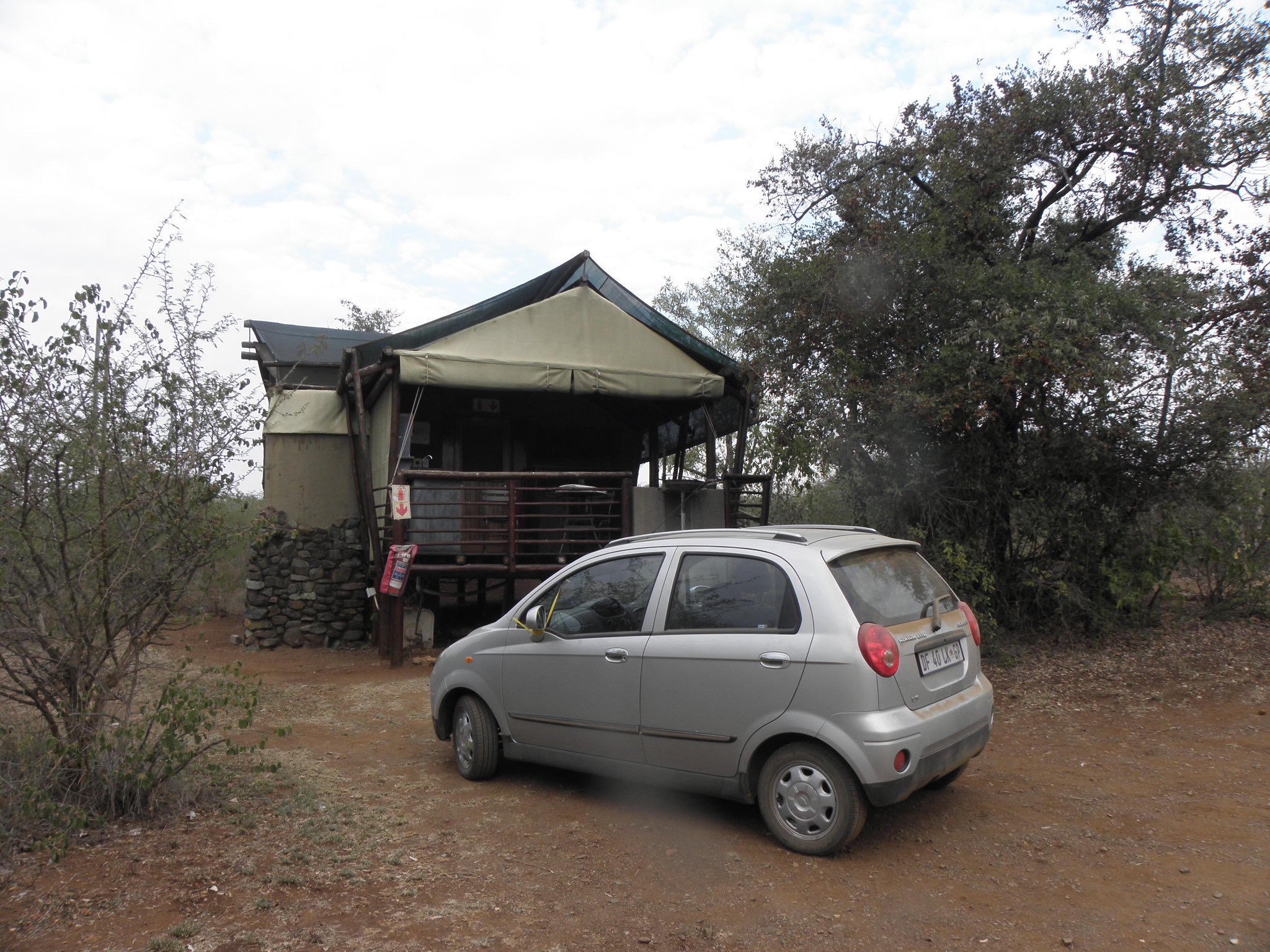
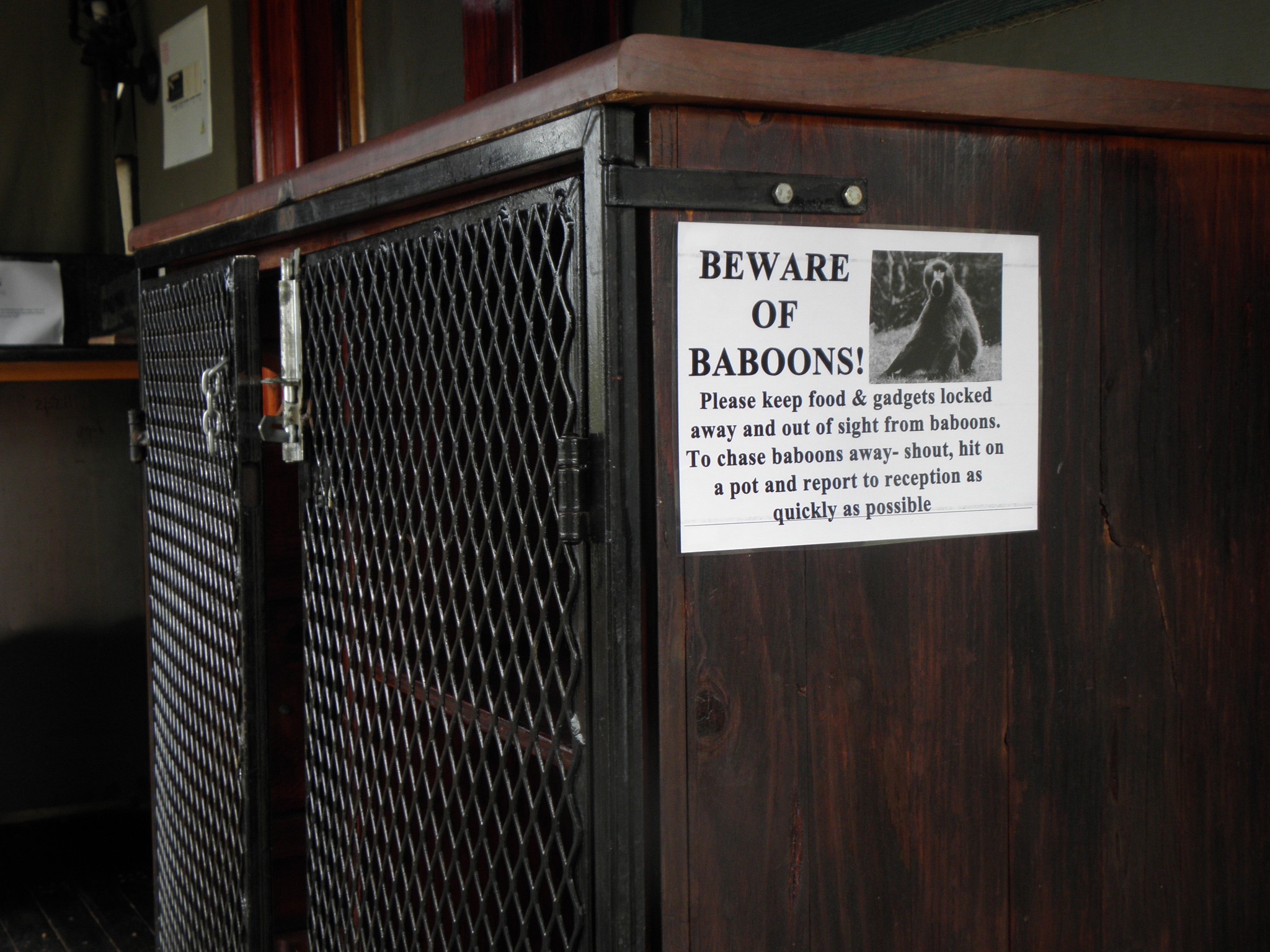

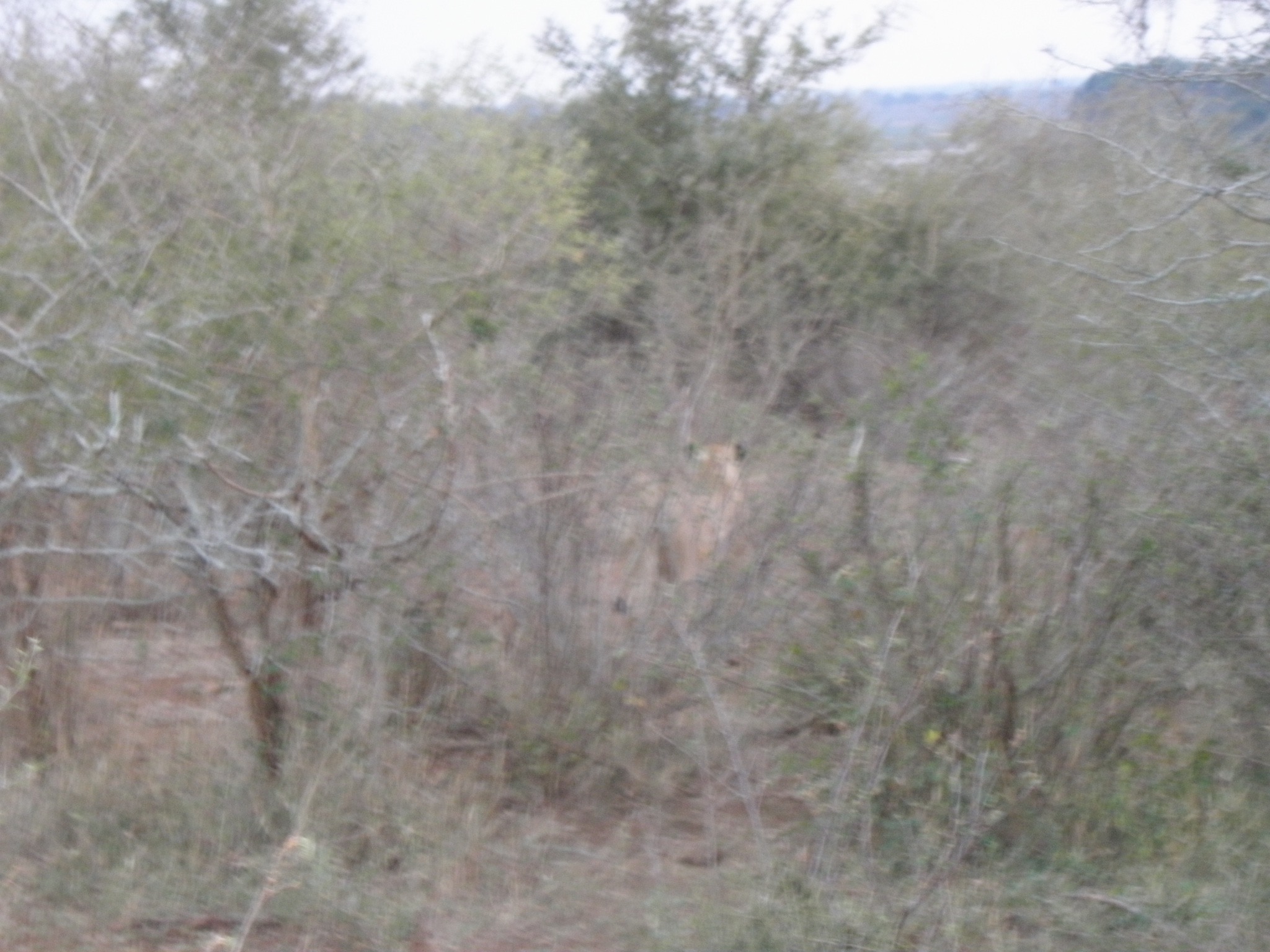


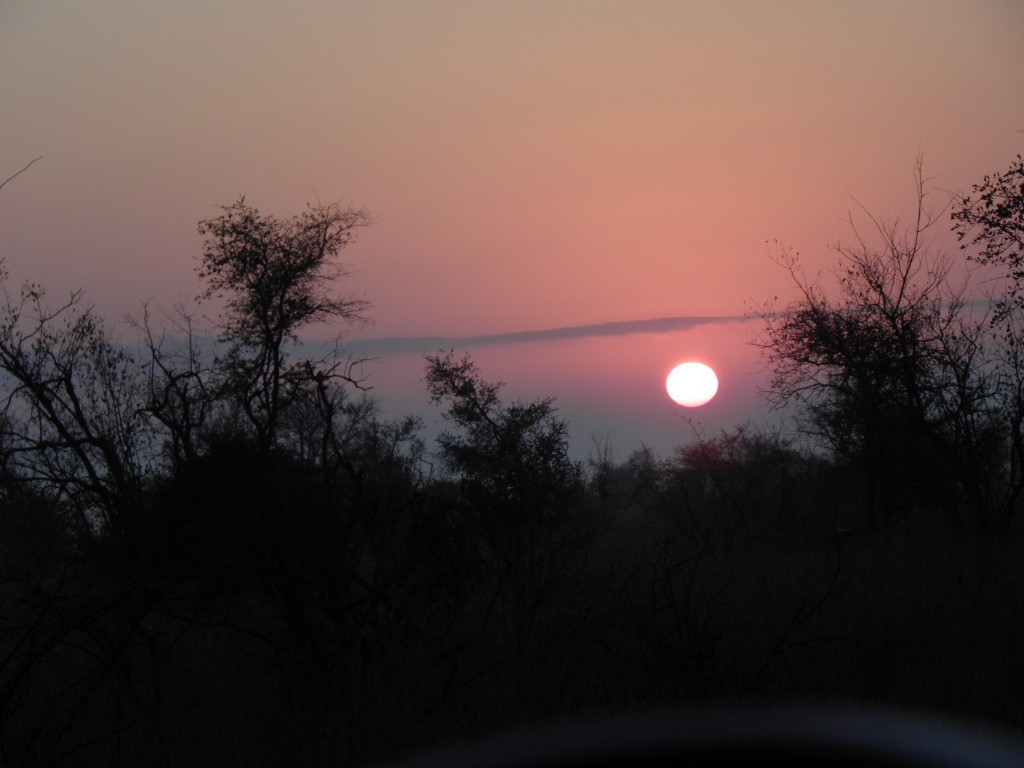


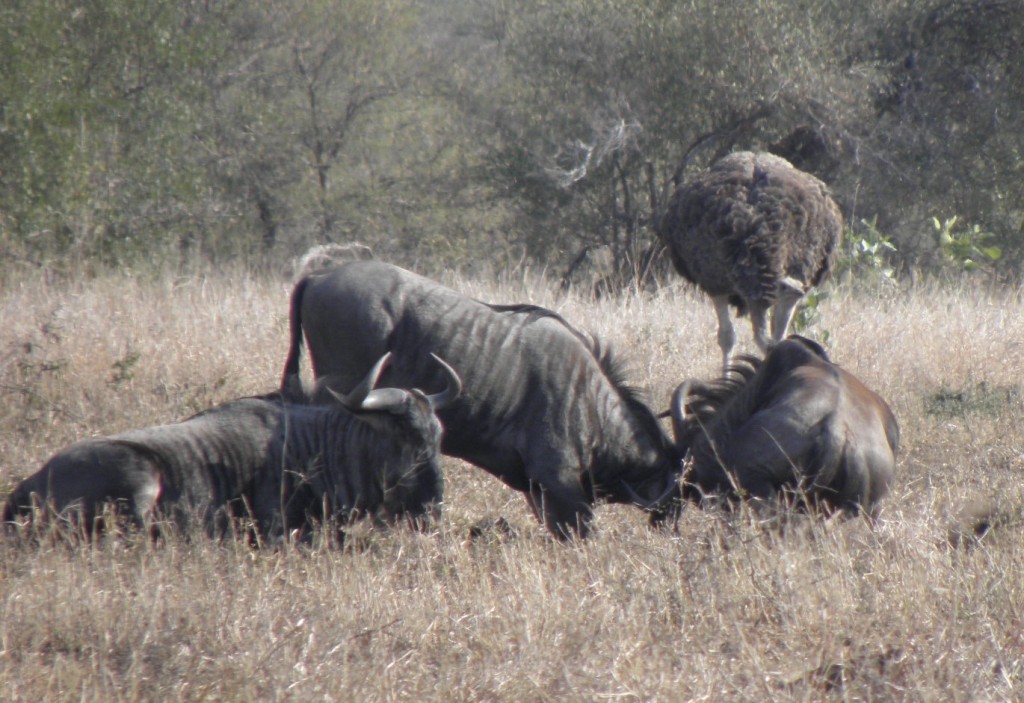
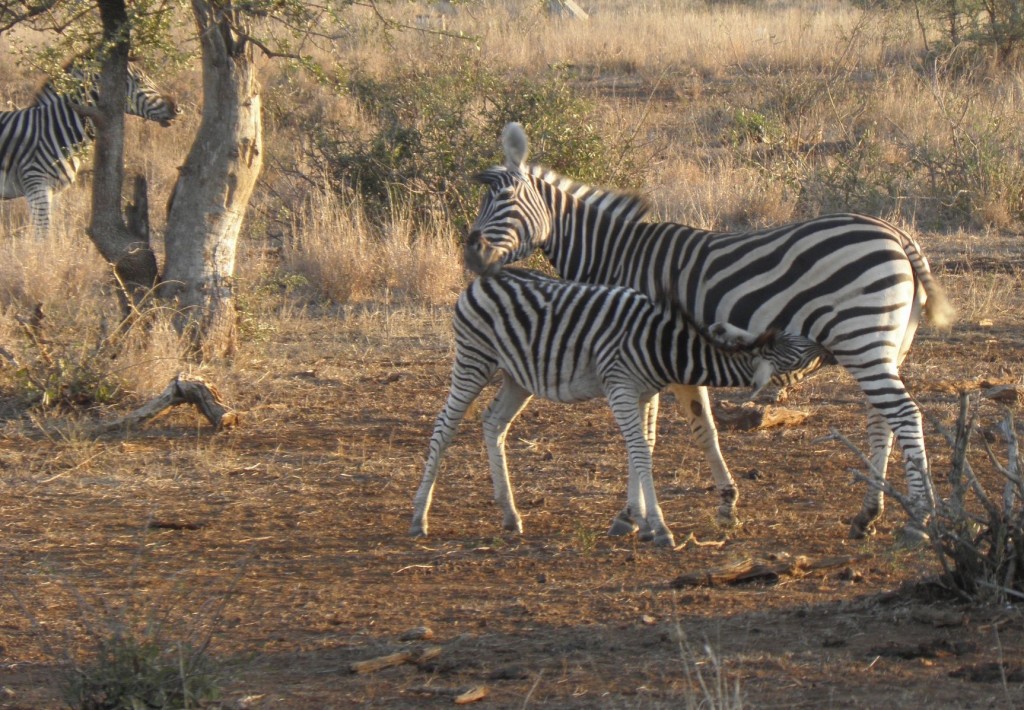
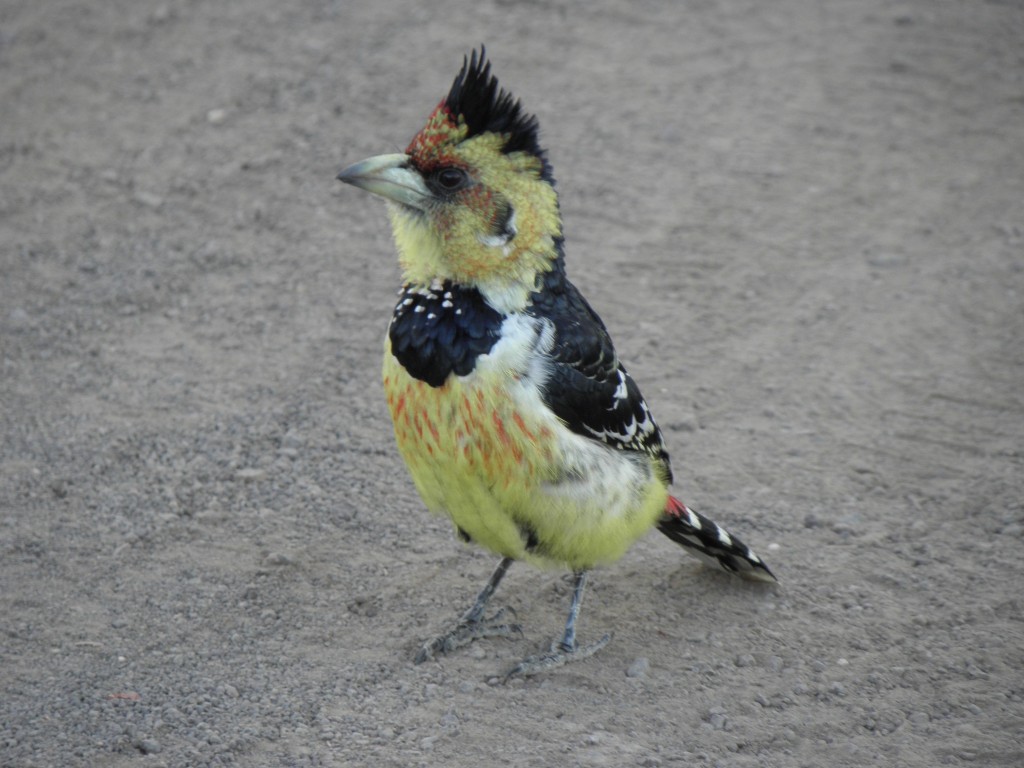
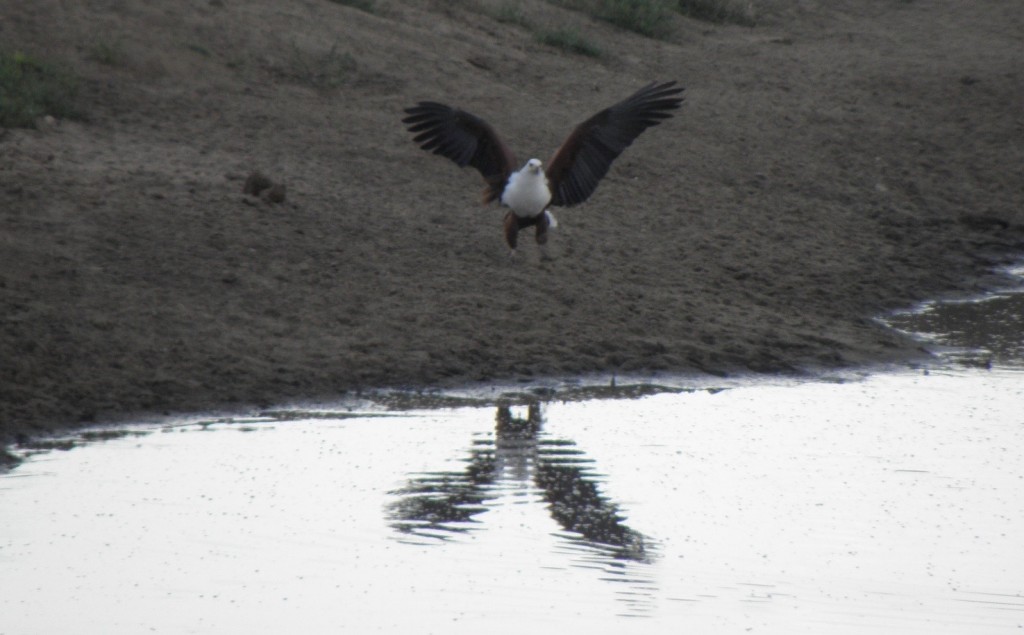
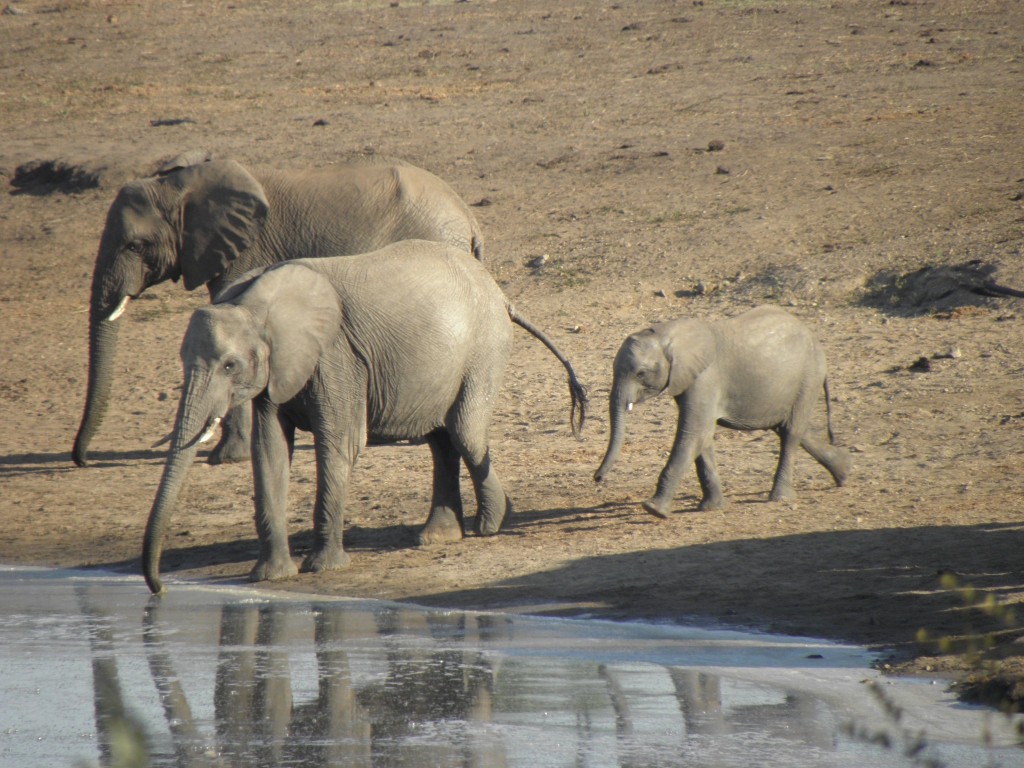
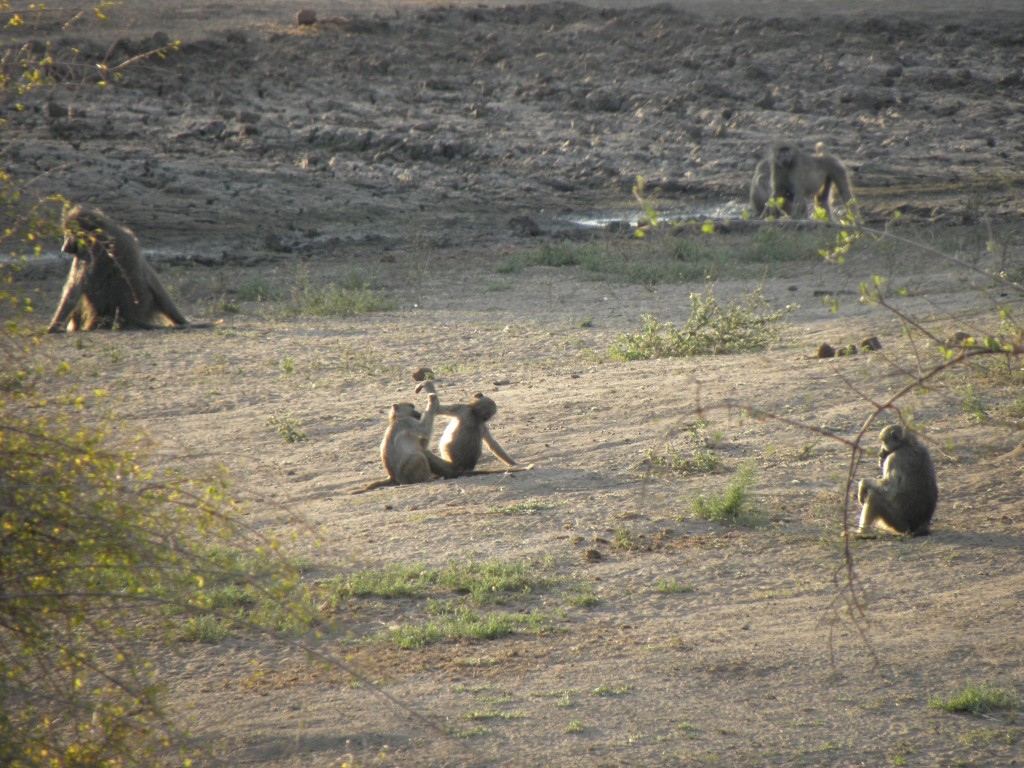

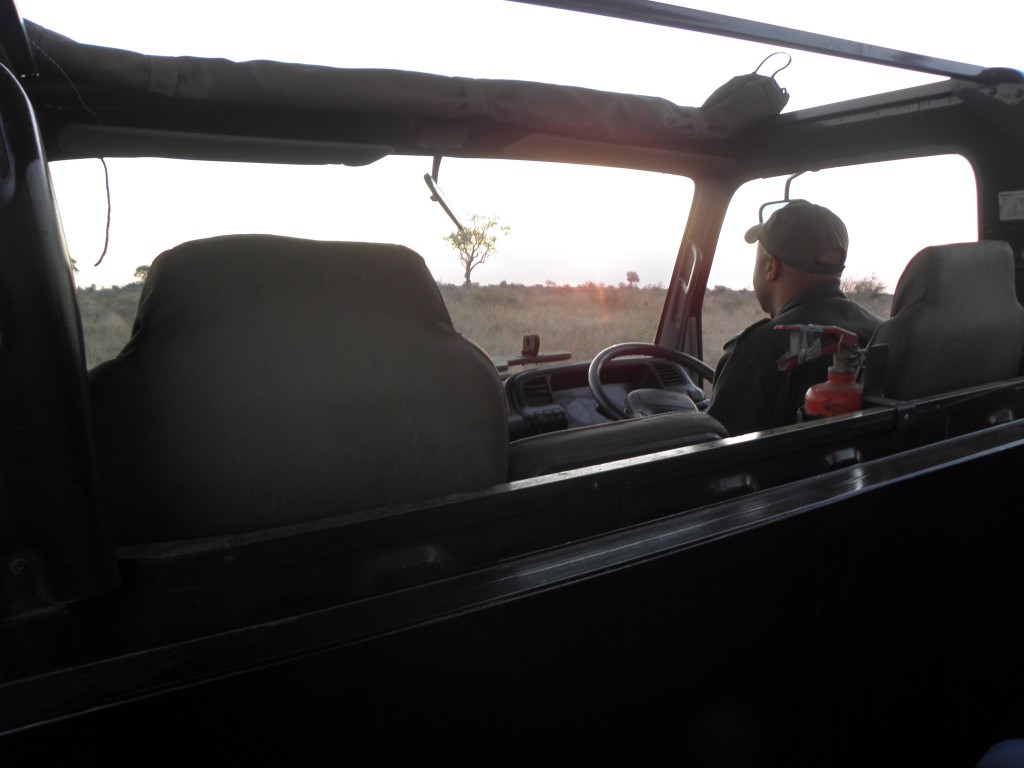
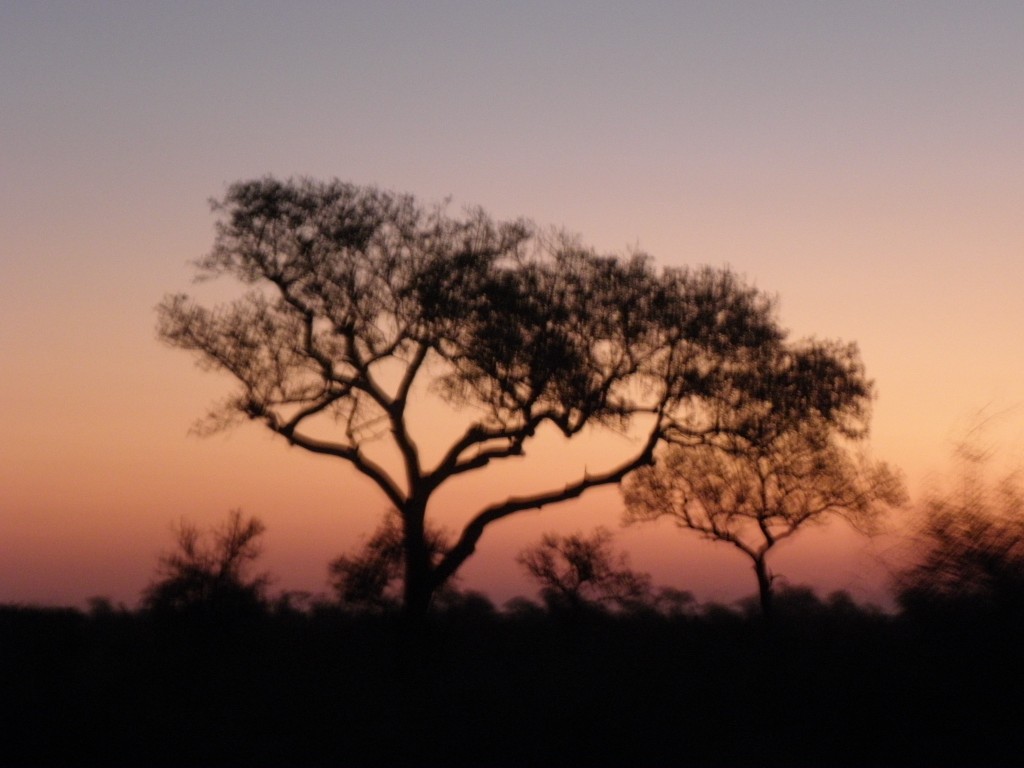

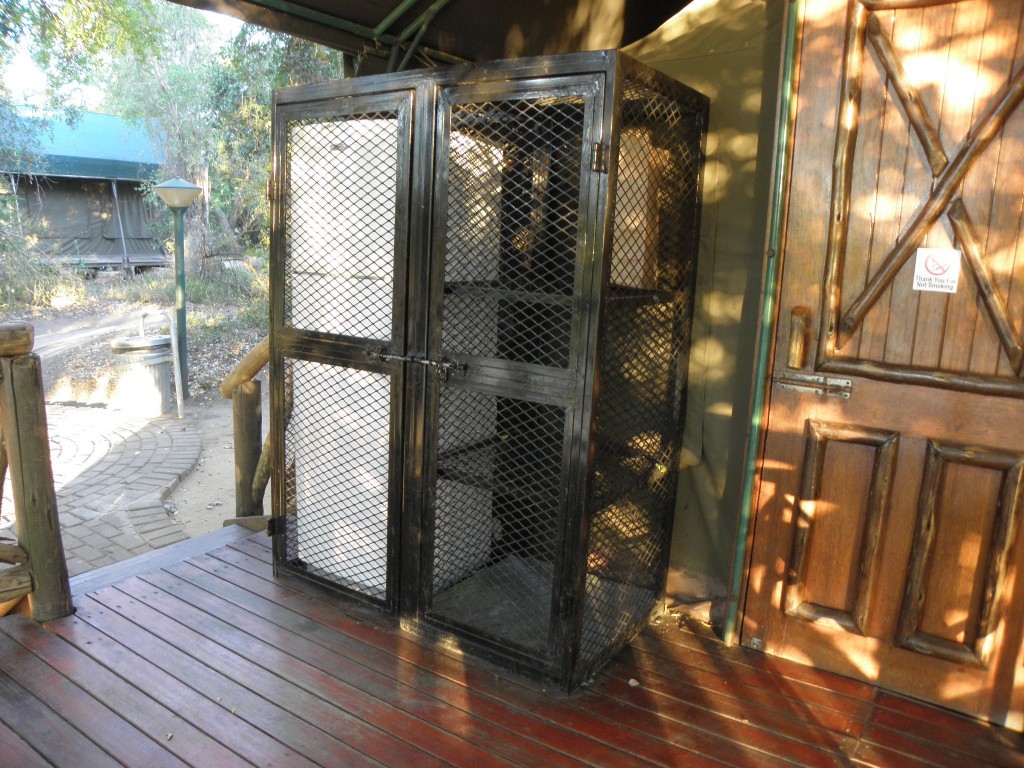
![This verve monkey appeared as soon as I started unpackng my food and I had to tell him ]fairly sternly that no, he was not allowed to leap into the food cupboard](http://araucariaecotours.com/wordpress/wp-content/uploads/2015/06/Kruger2Tamboti3-1024x768.jpg)
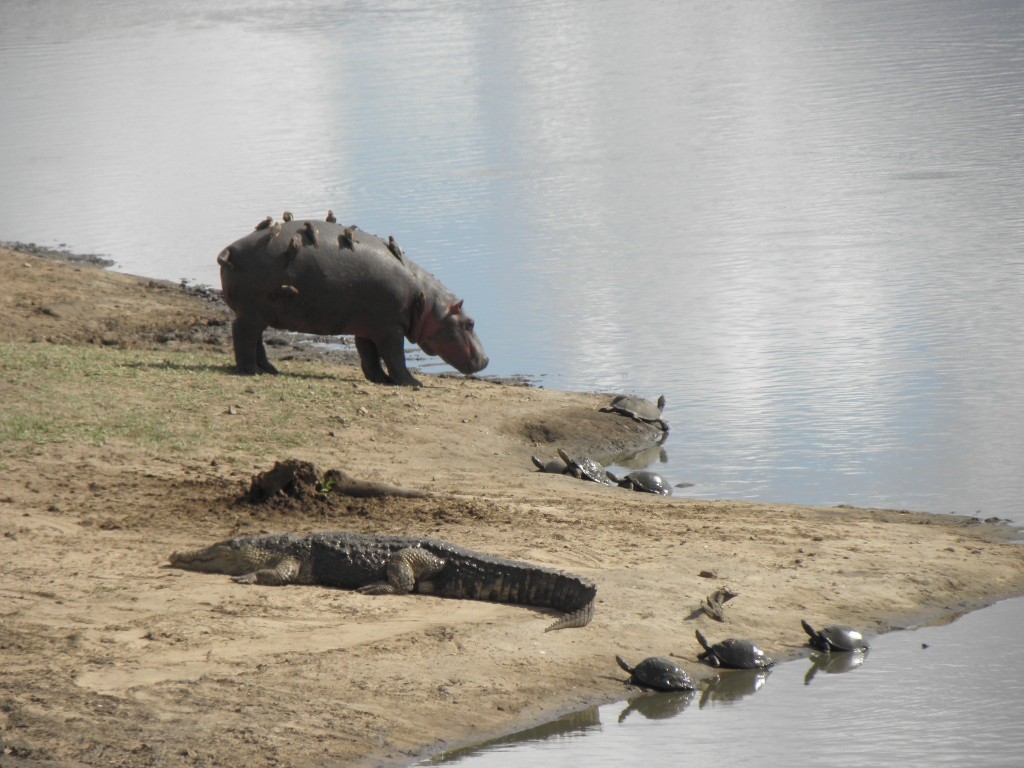
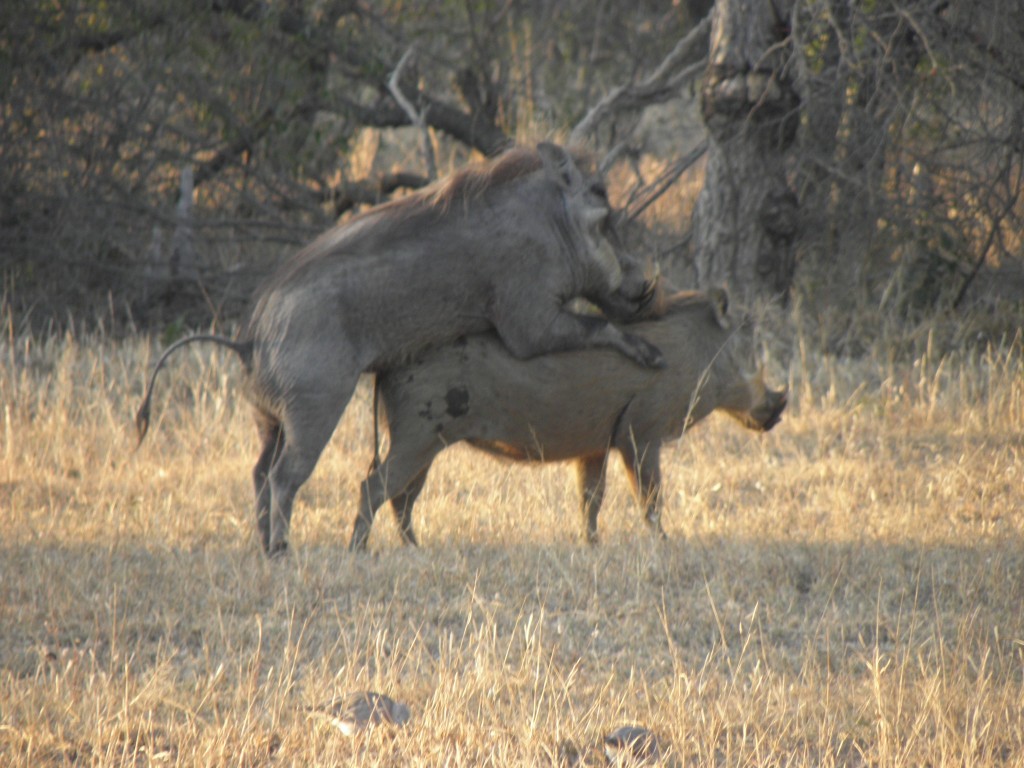
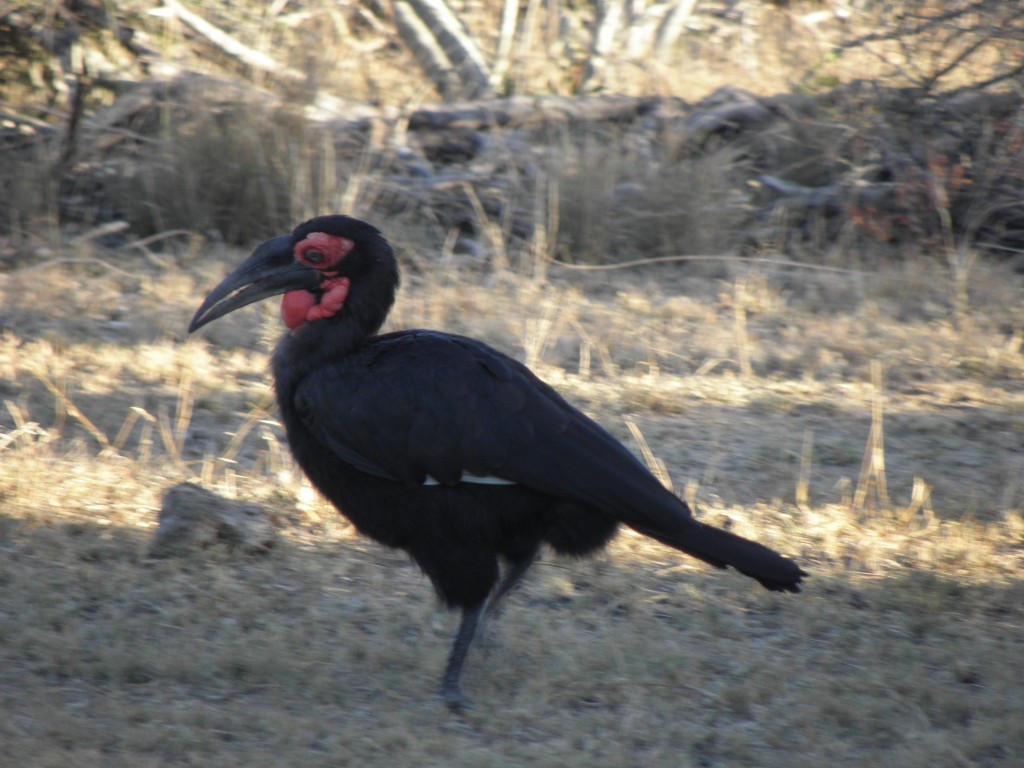

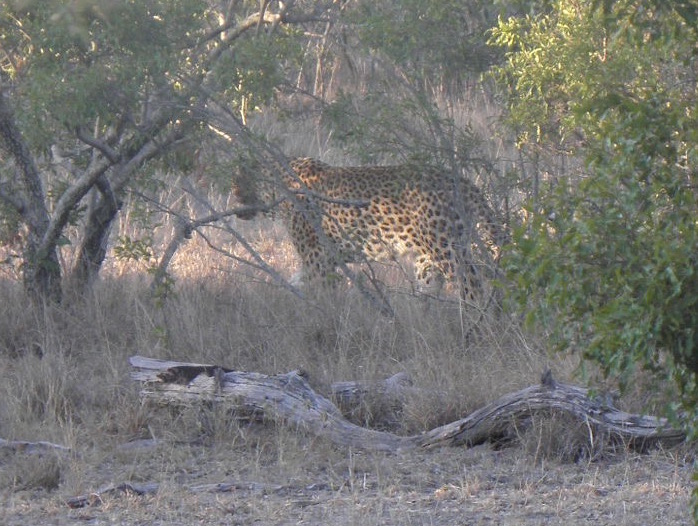

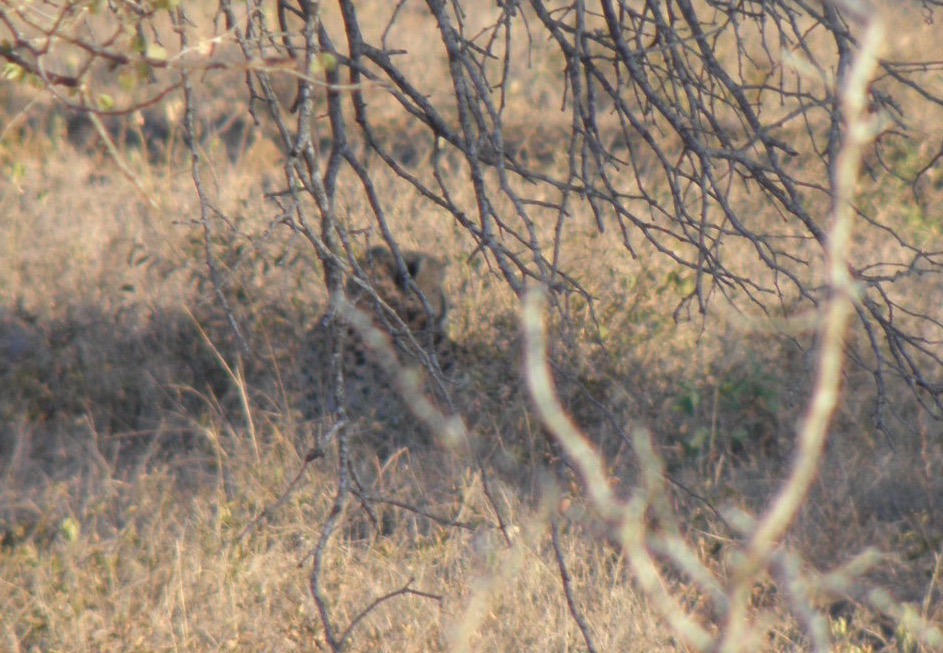

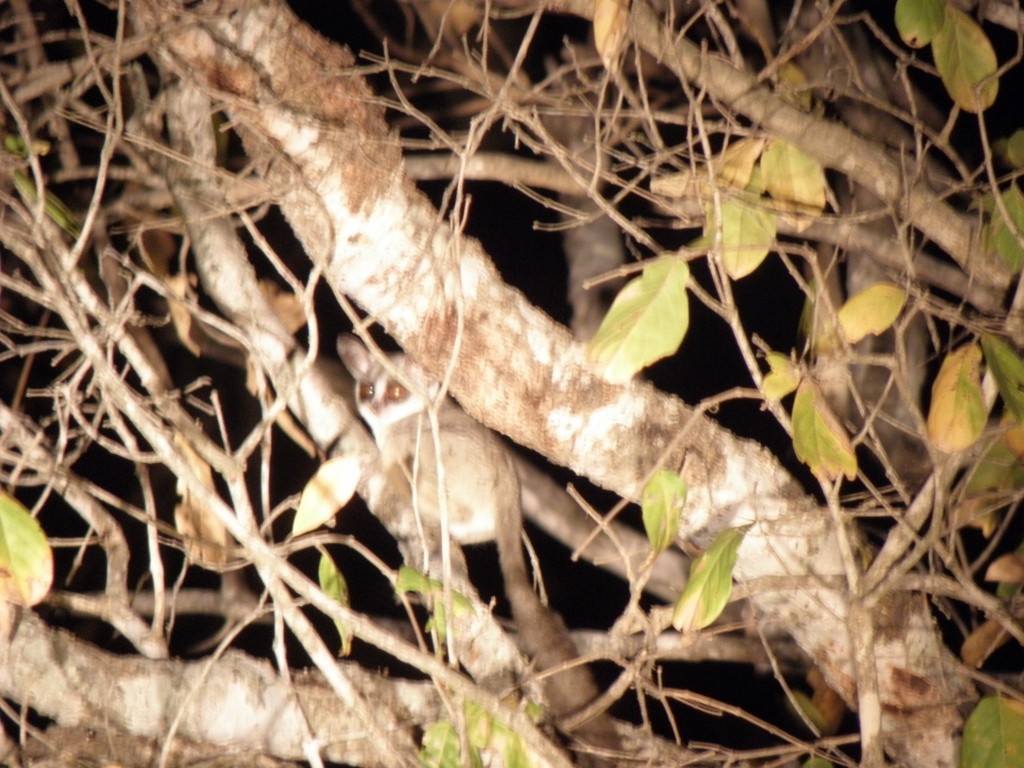

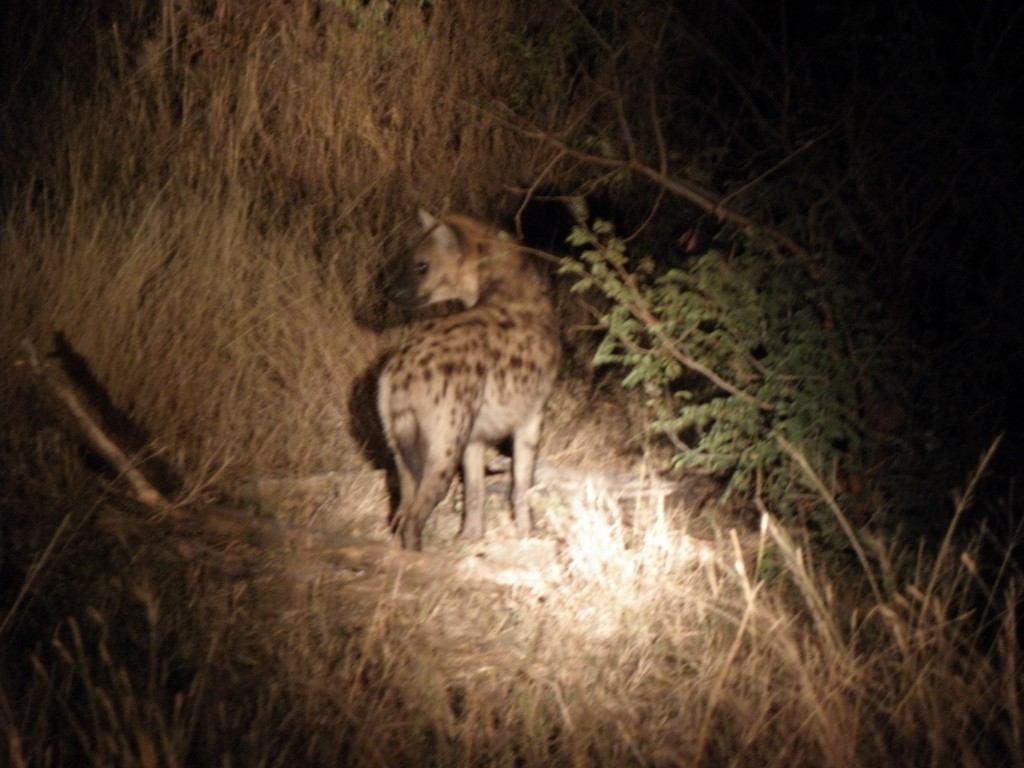

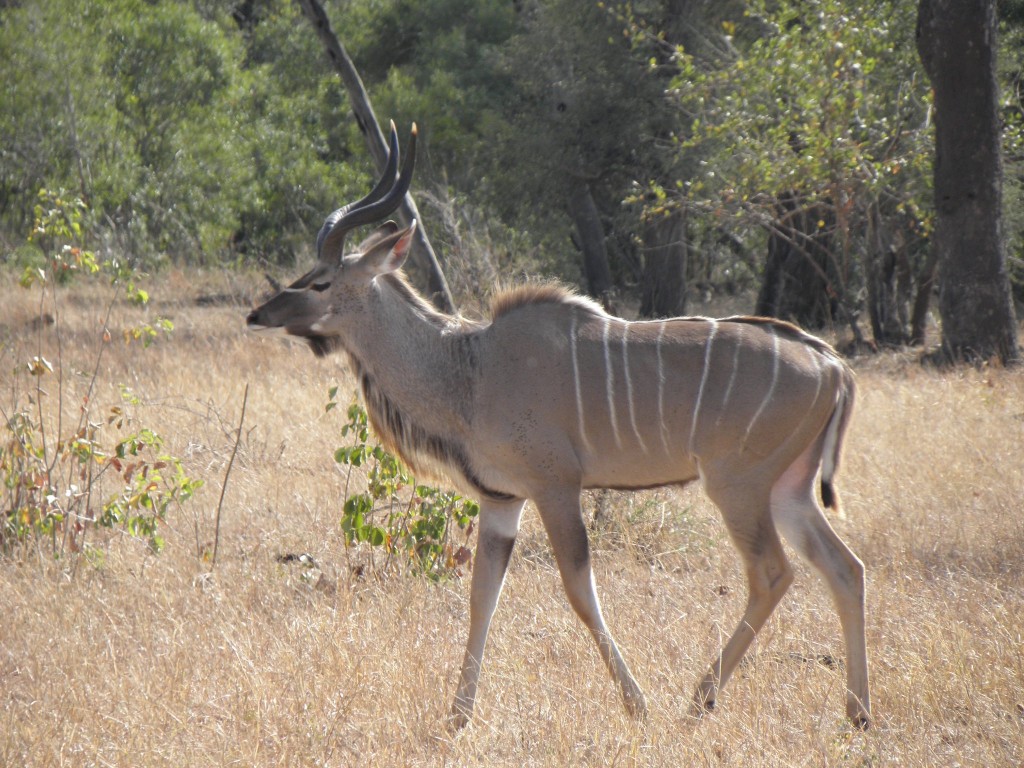
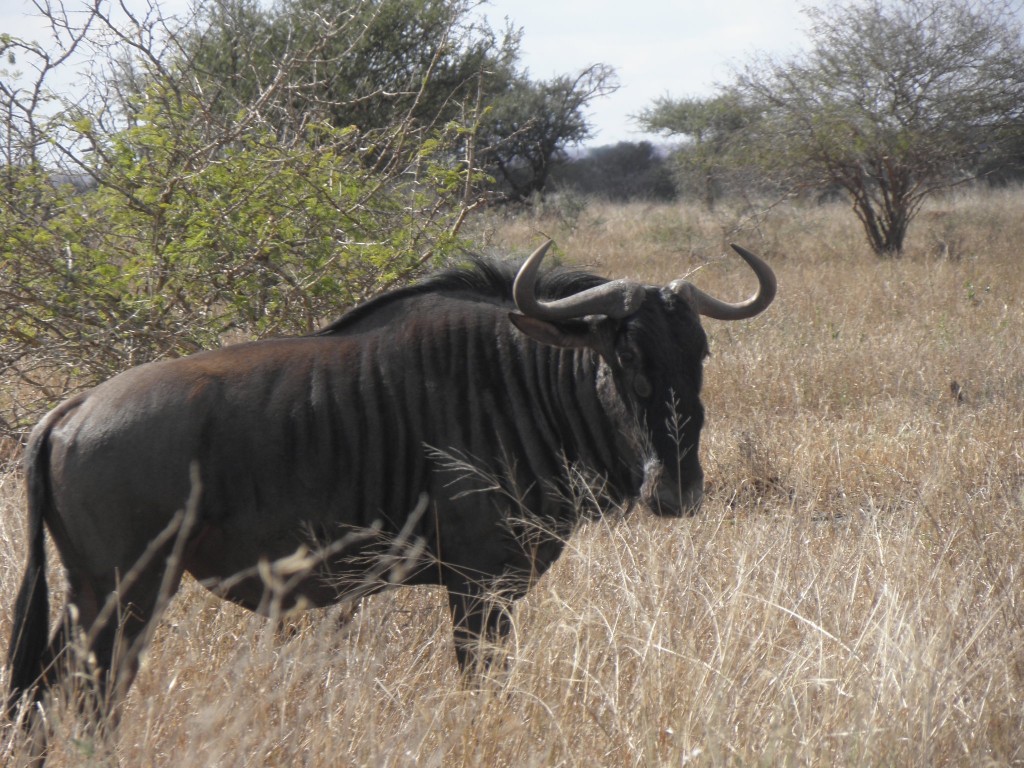

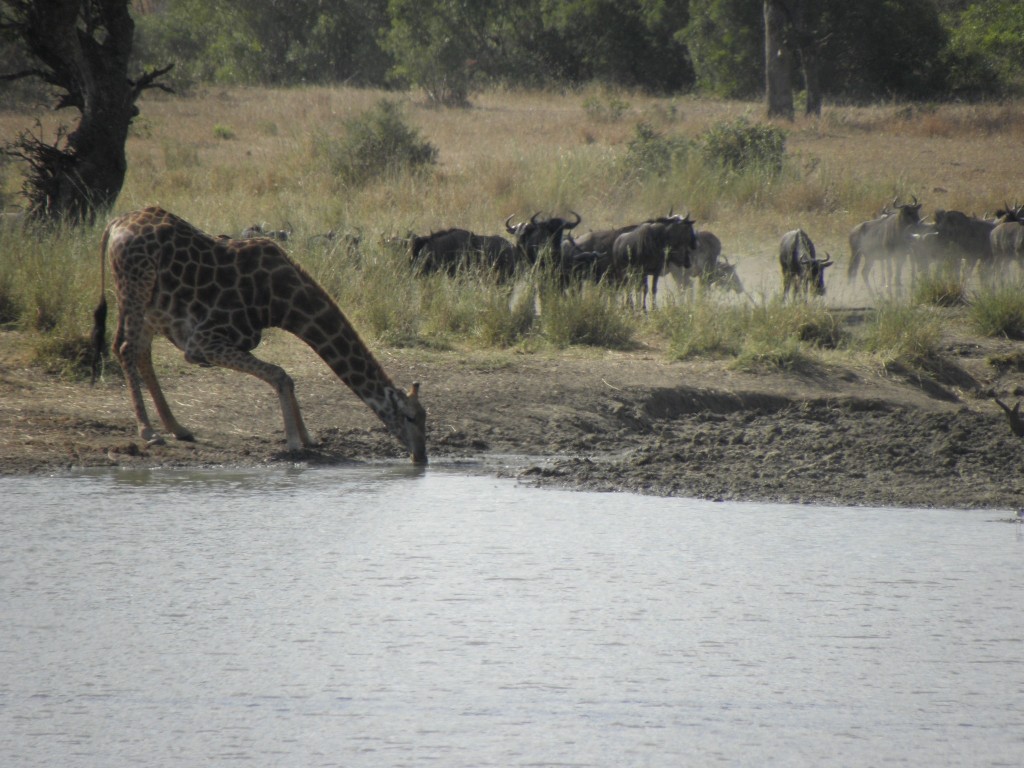
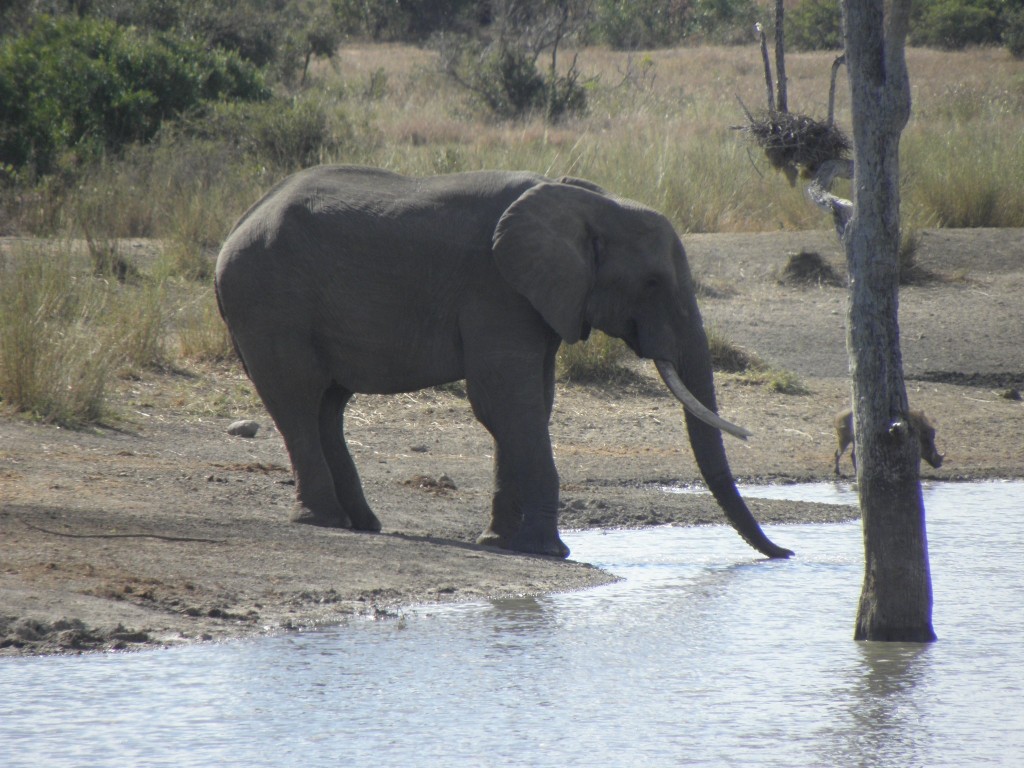
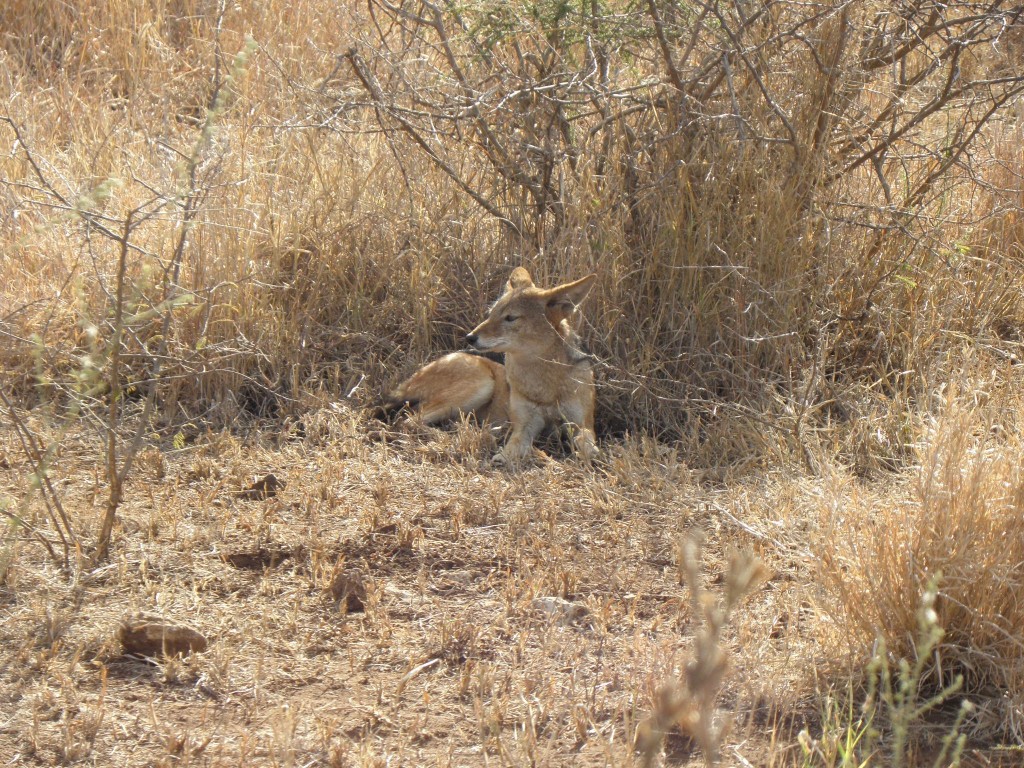


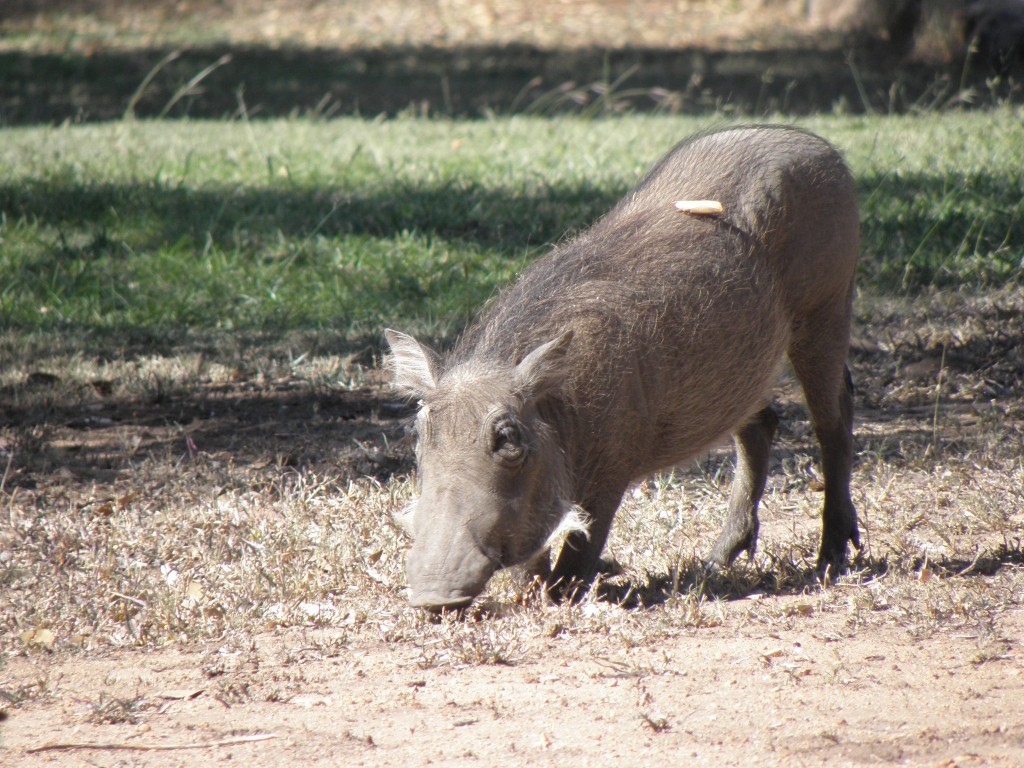
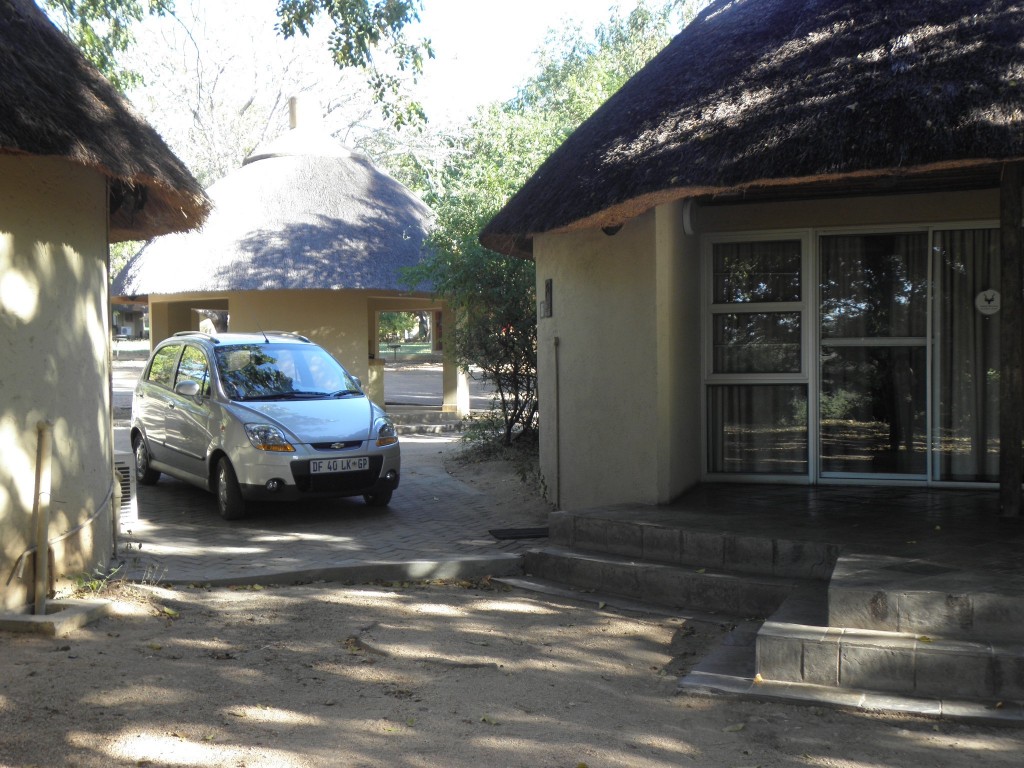
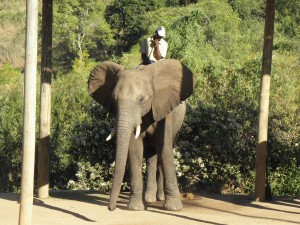


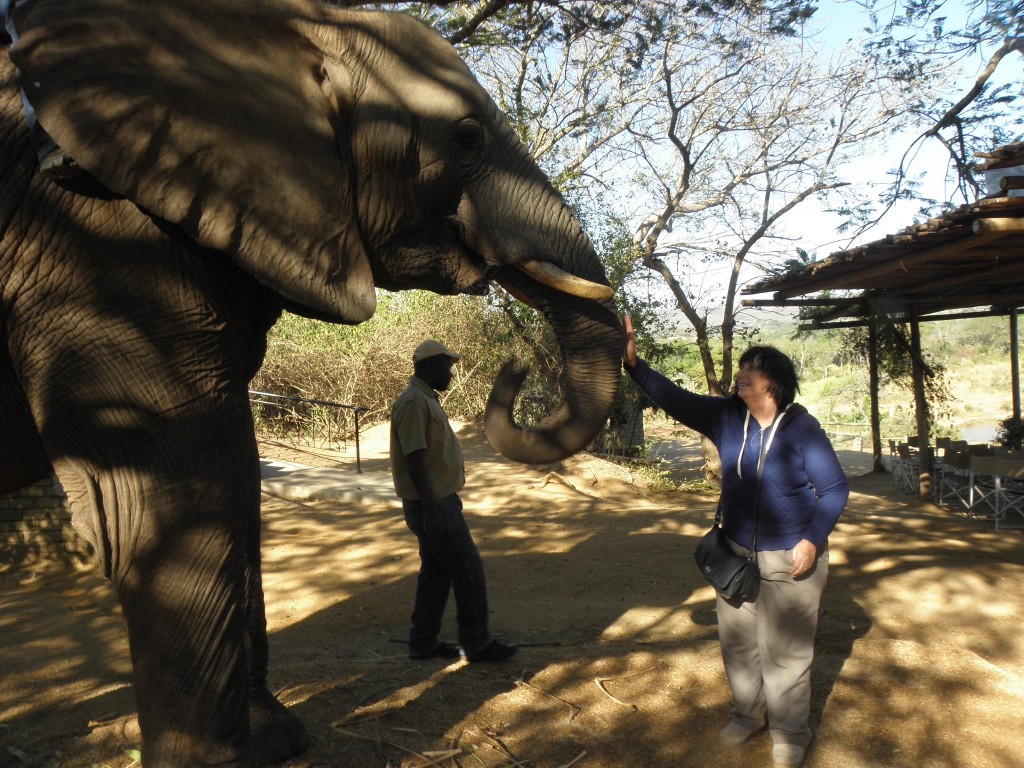
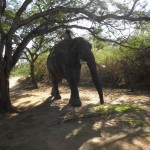

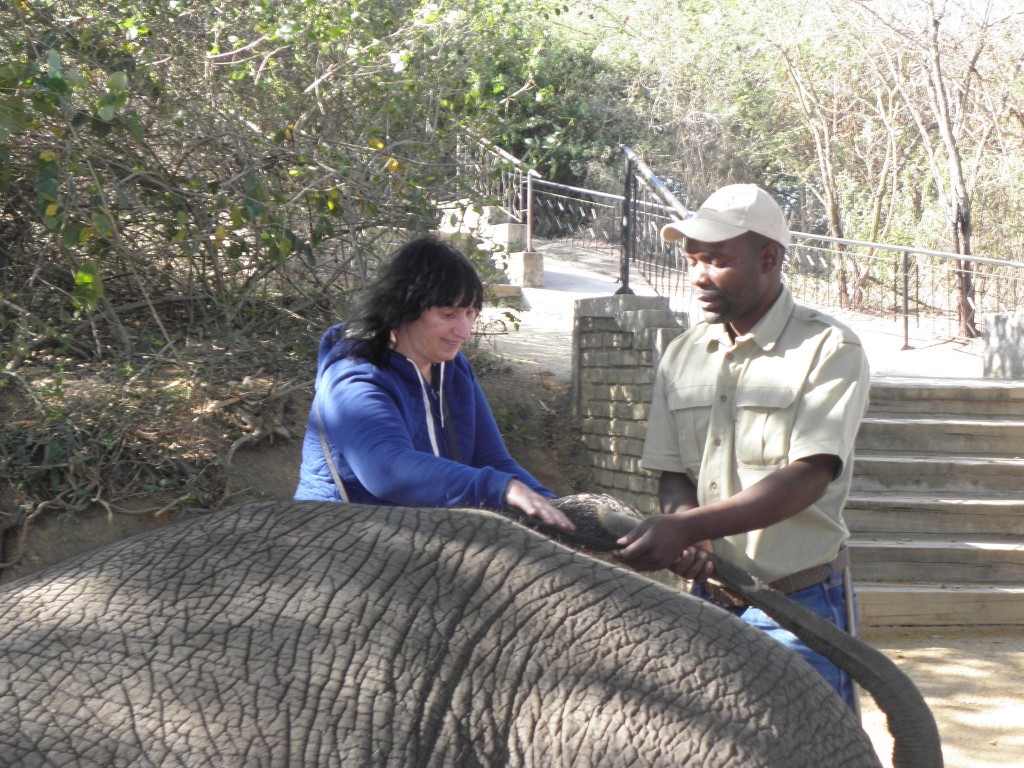
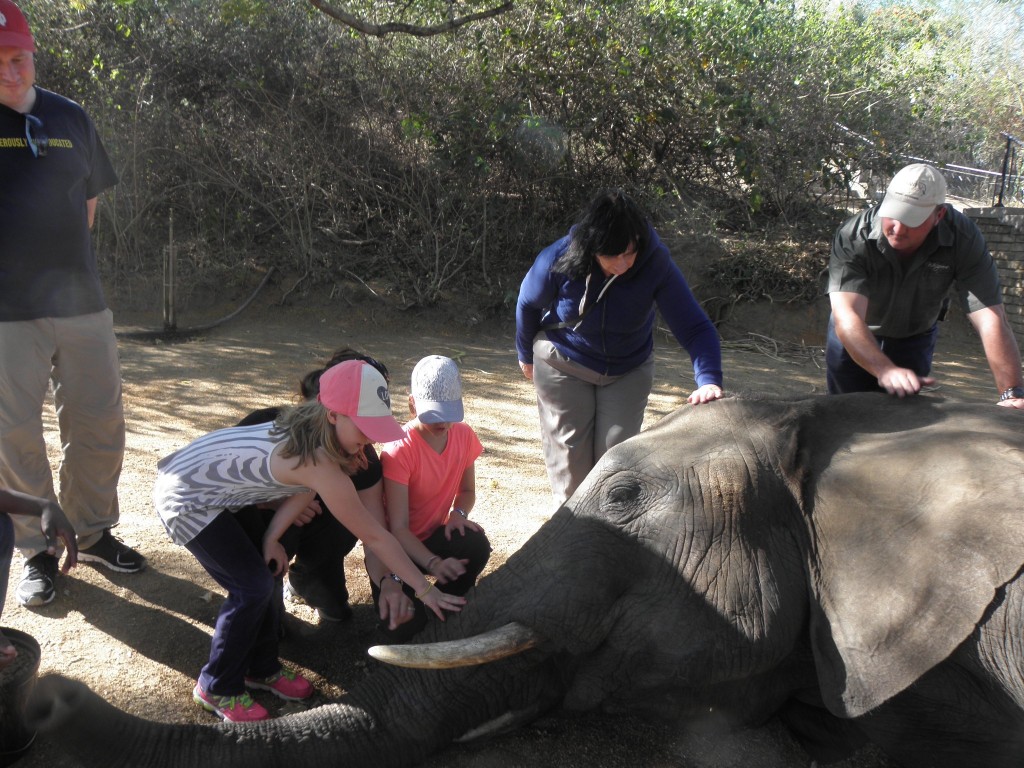
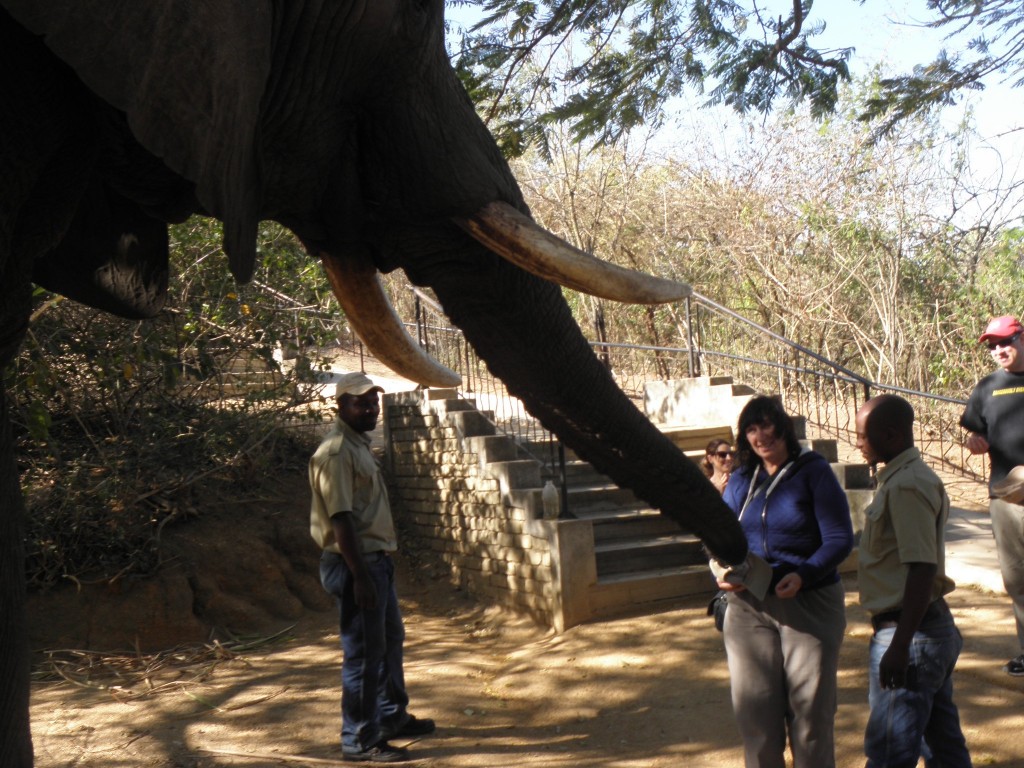
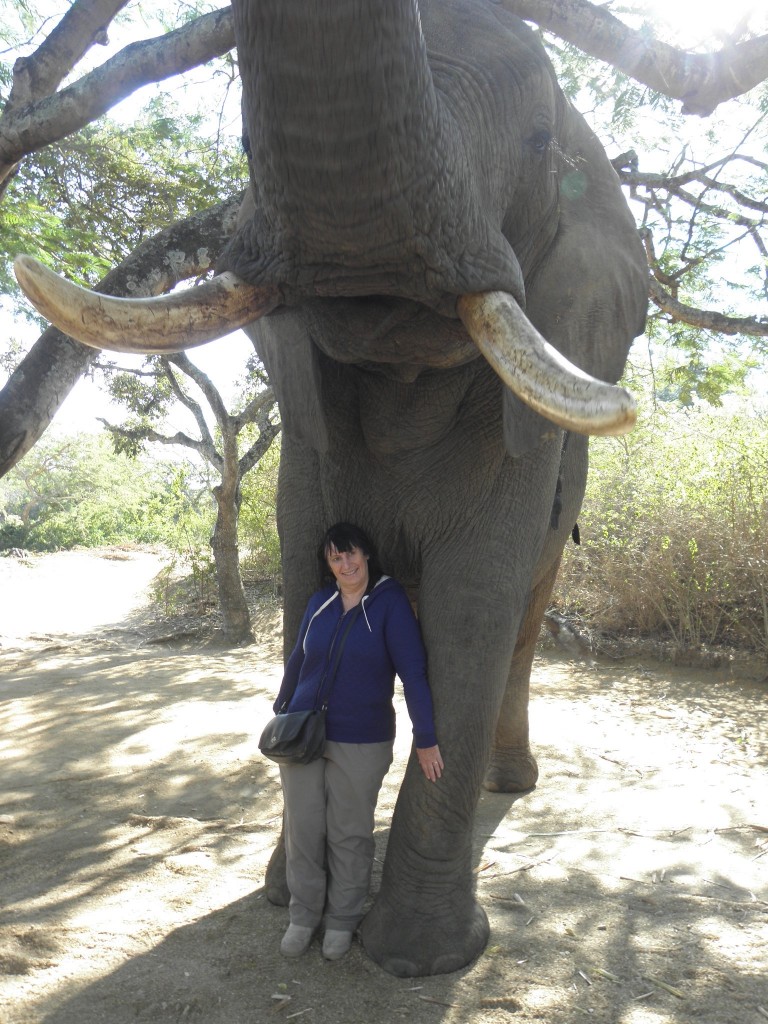

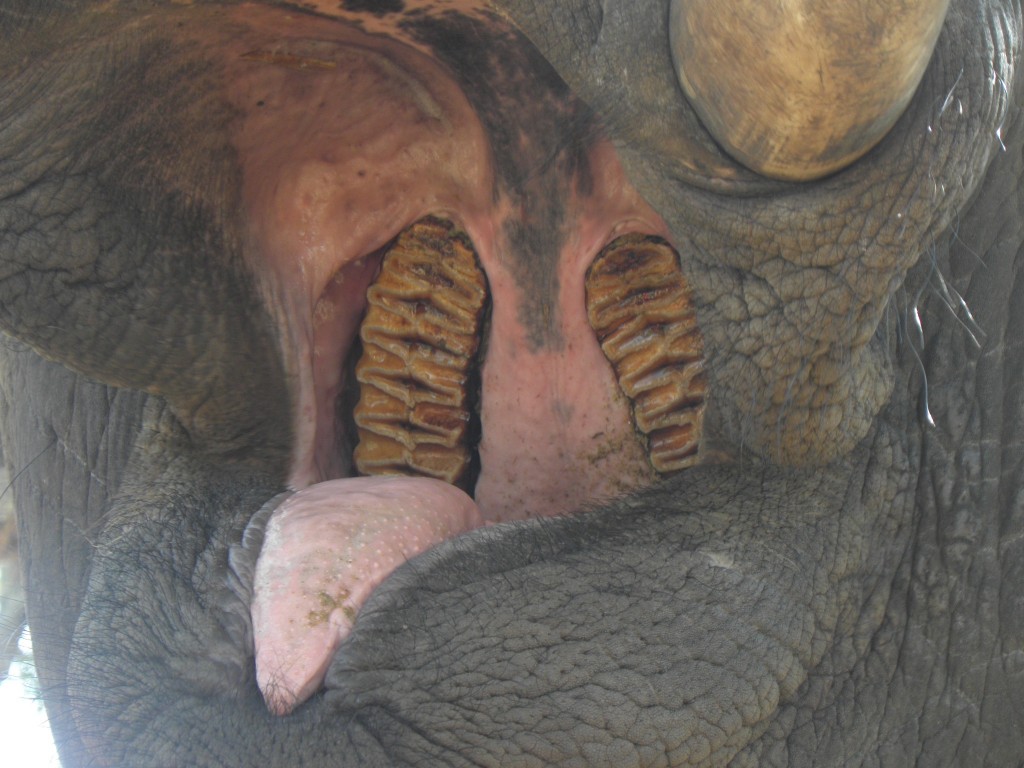

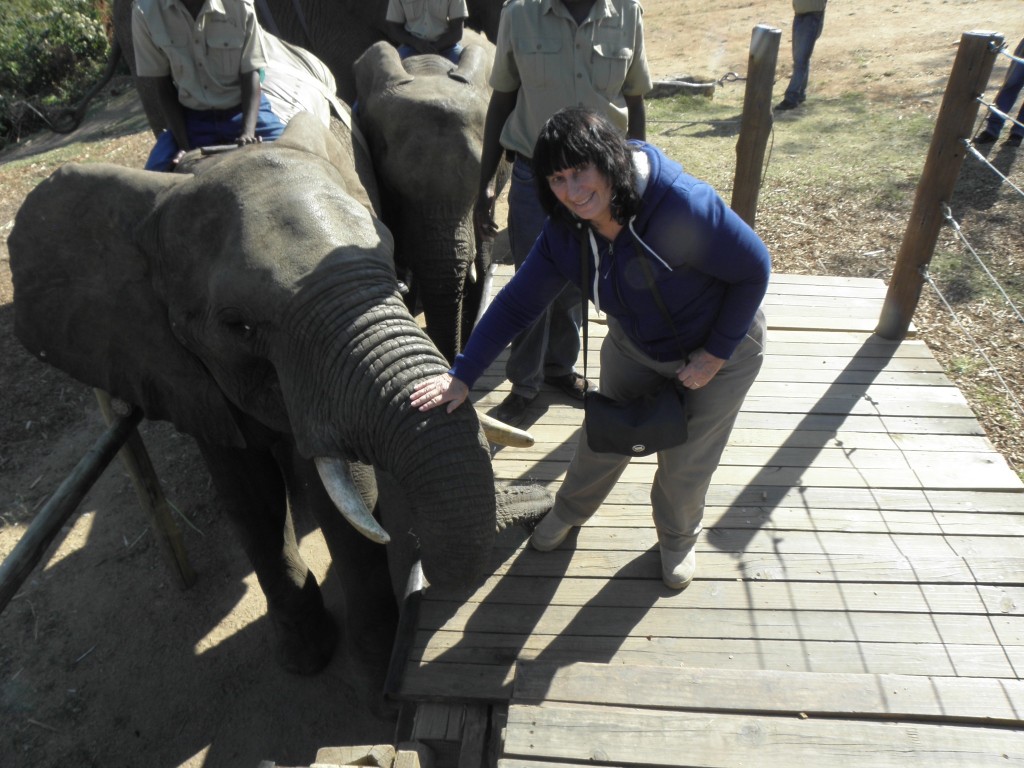

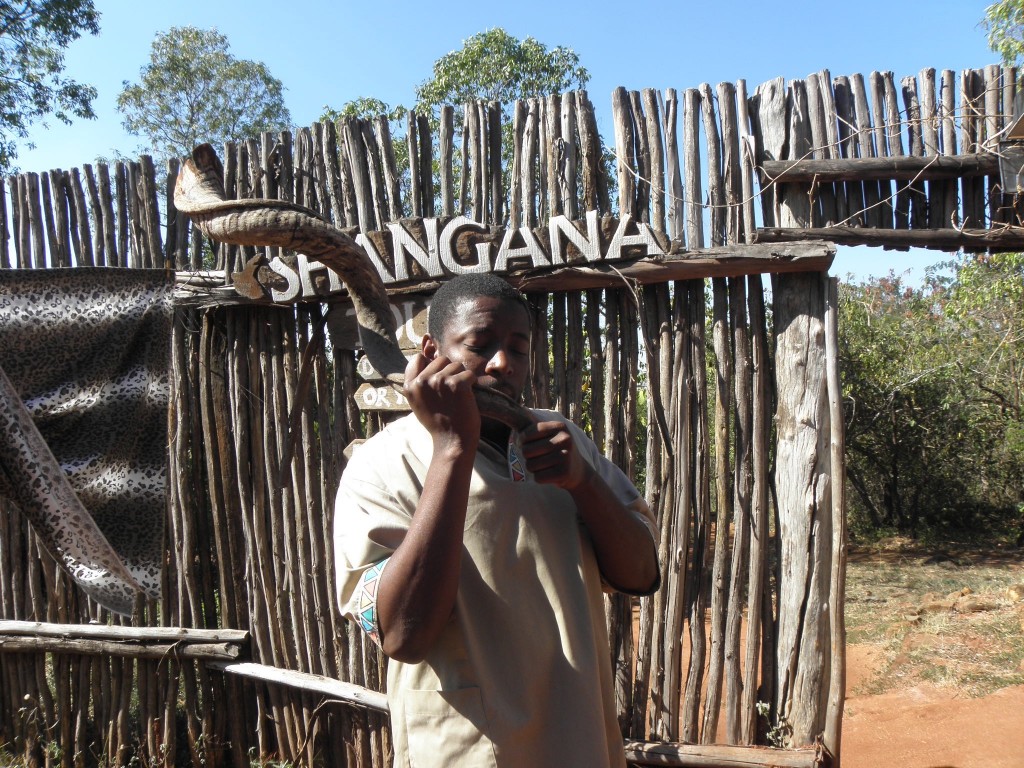
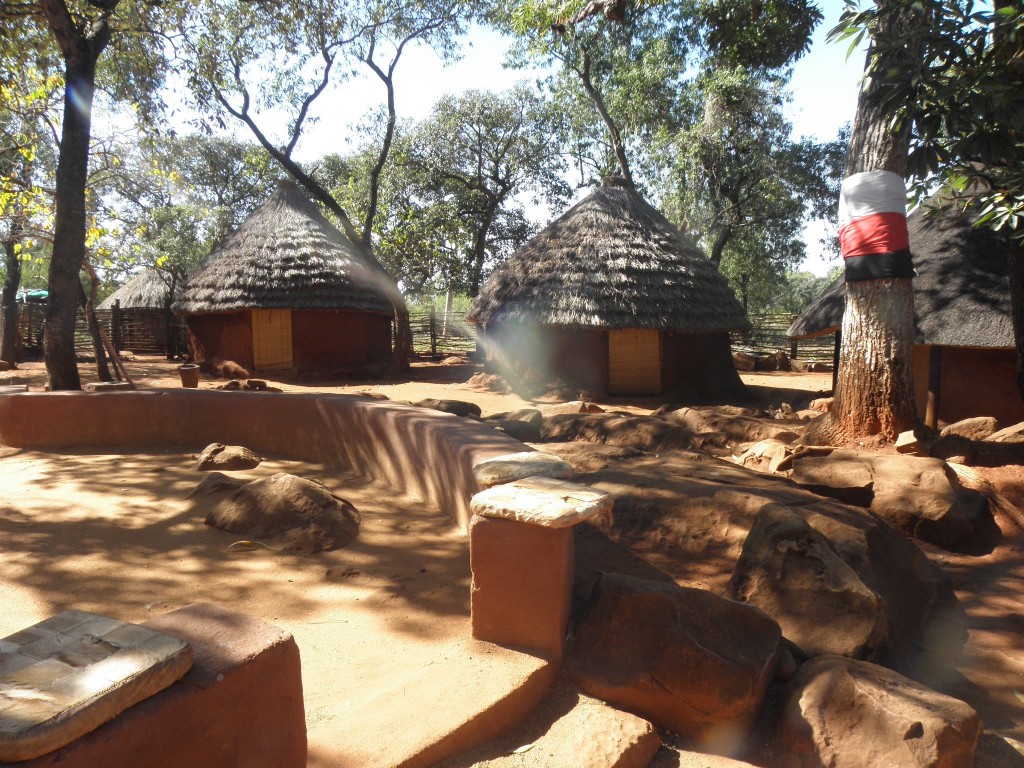
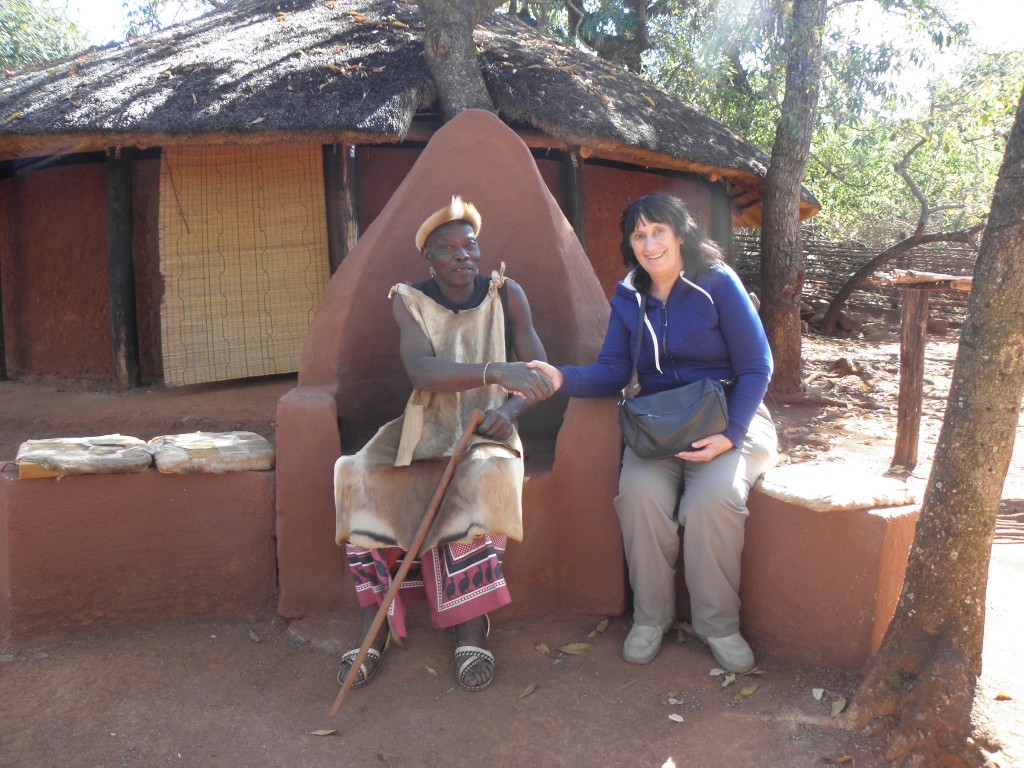
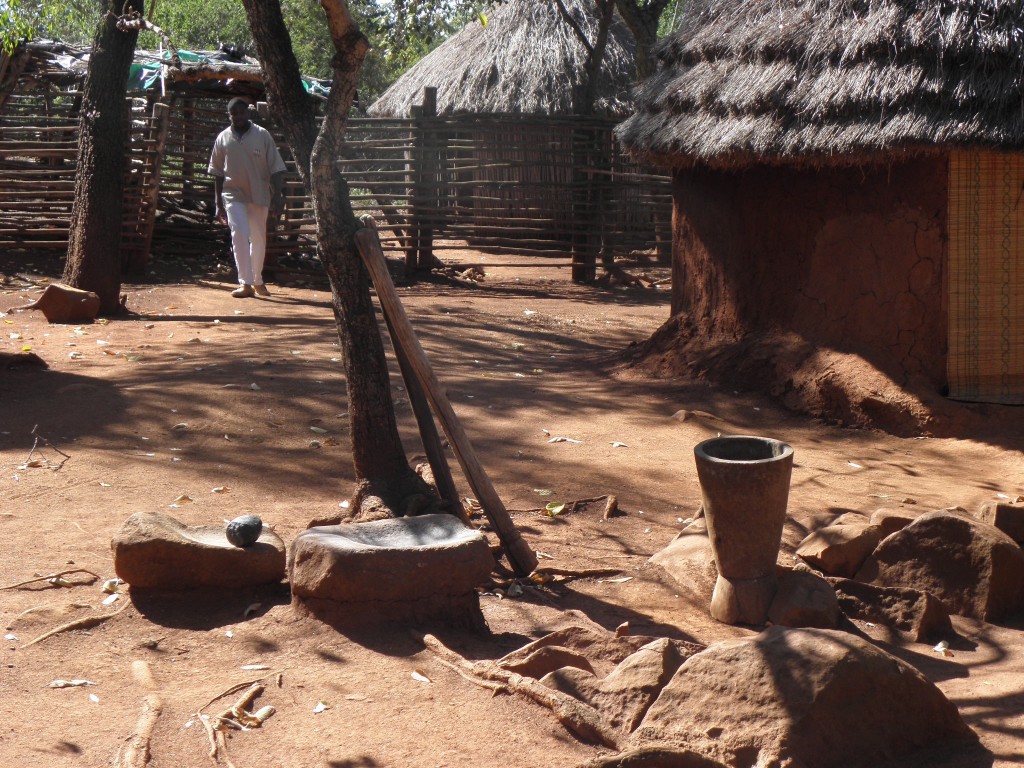


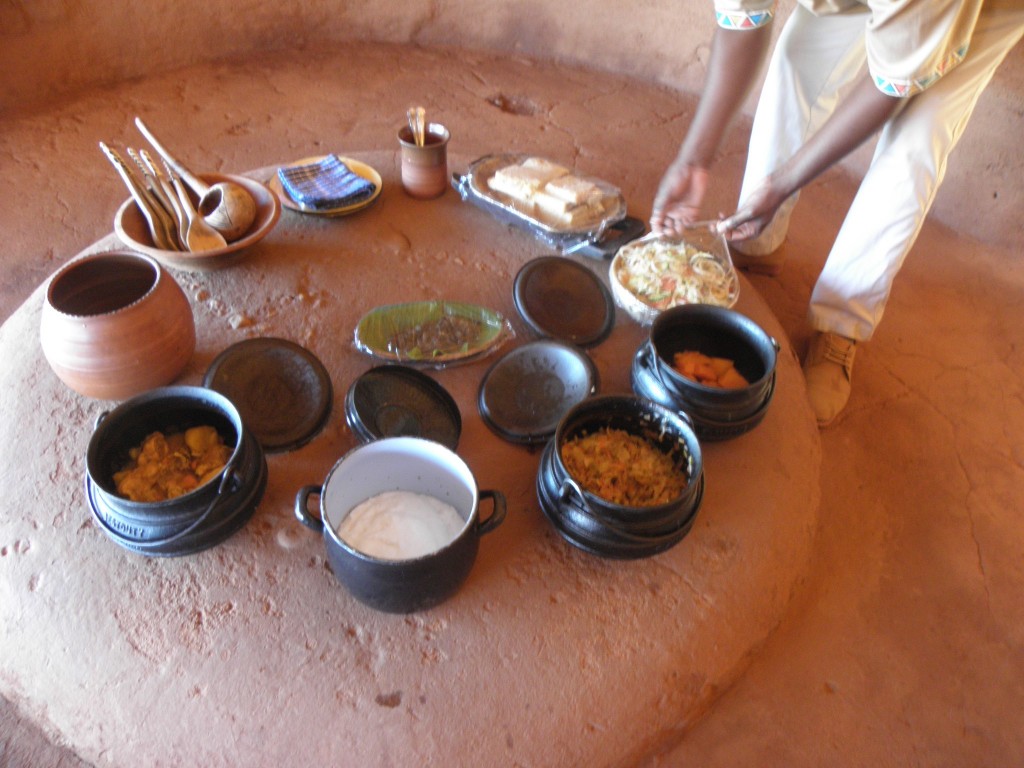
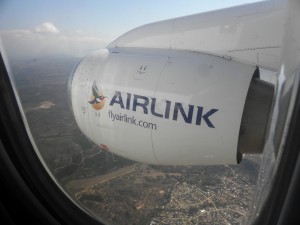 Flying over the Drakenburgs as we approached Neilspruit: now, I suddenly thought hey, yes, this is Africa. The bush veldt vegetation as we came down for a landing, and the very African-style airport all looked great. And although it seems a bit silly, somehow seeing my name on the boarding pass just before boarding the plane had suddenly excited me: yes, that’s me, the same as the little girl who dreamed constantly about exploring Africa more than half a century ago. That’s me, and I’m in Africa.
Flying over the Drakenburgs as we approached Neilspruit: now, I suddenly thought hey, yes, this is Africa. The bush veldt vegetation as we came down for a landing, and the very African-style airport all looked great. And although it seems a bit silly, somehow seeing my name on the boarding pass just before boarding the plane had suddenly excited me: yes, that’s me, the same as the little girl who dreamed constantly about exploring Africa more than half a century ago. That’s me, and I’m in Africa.